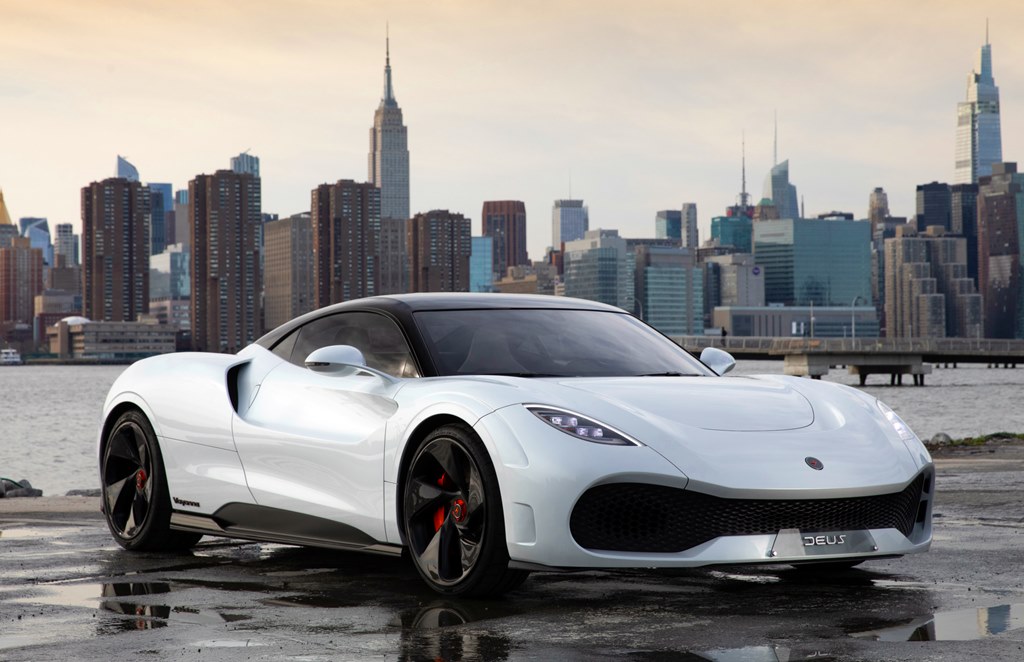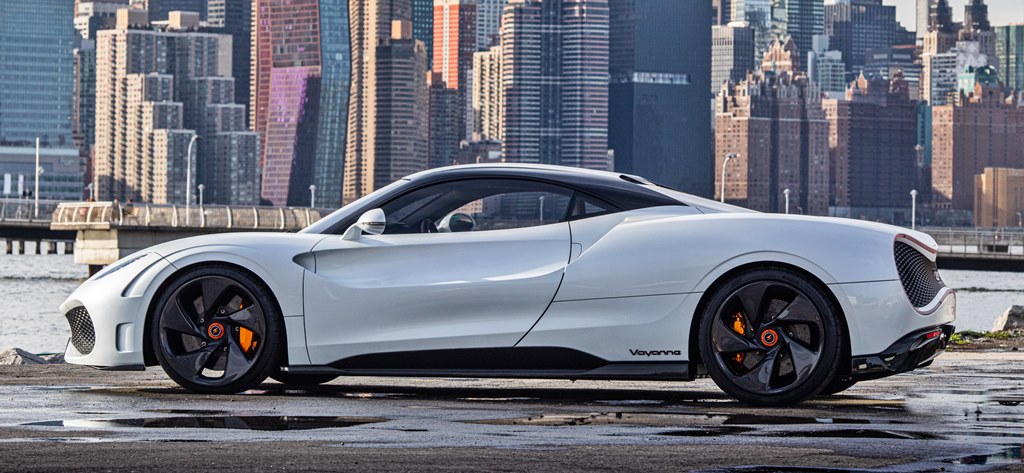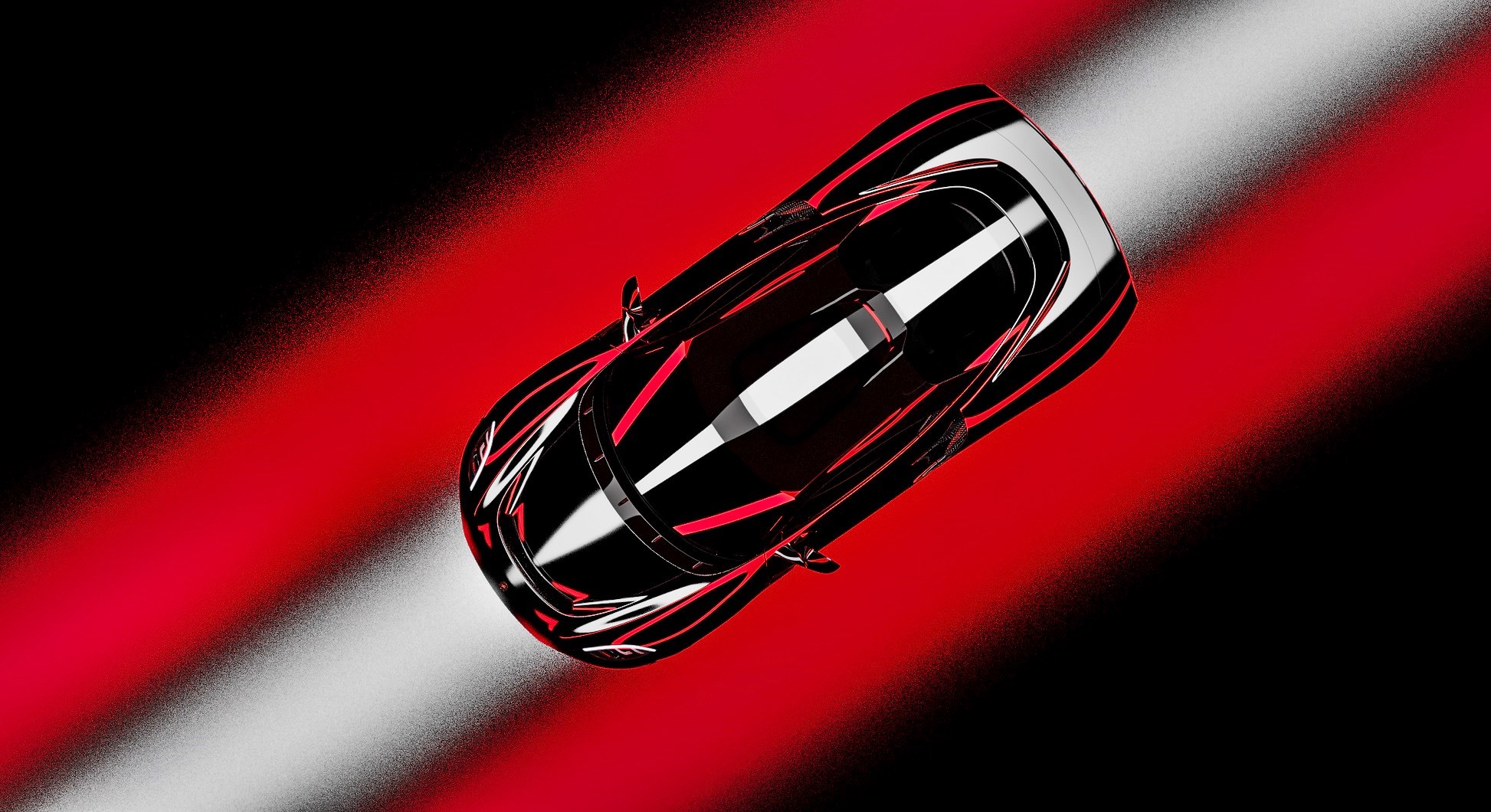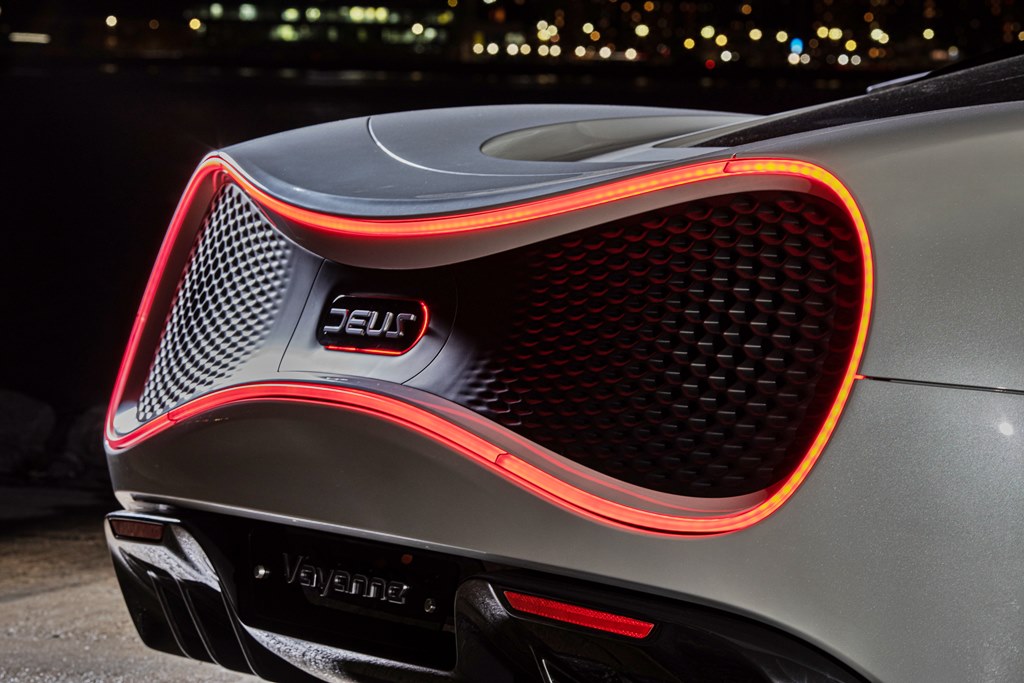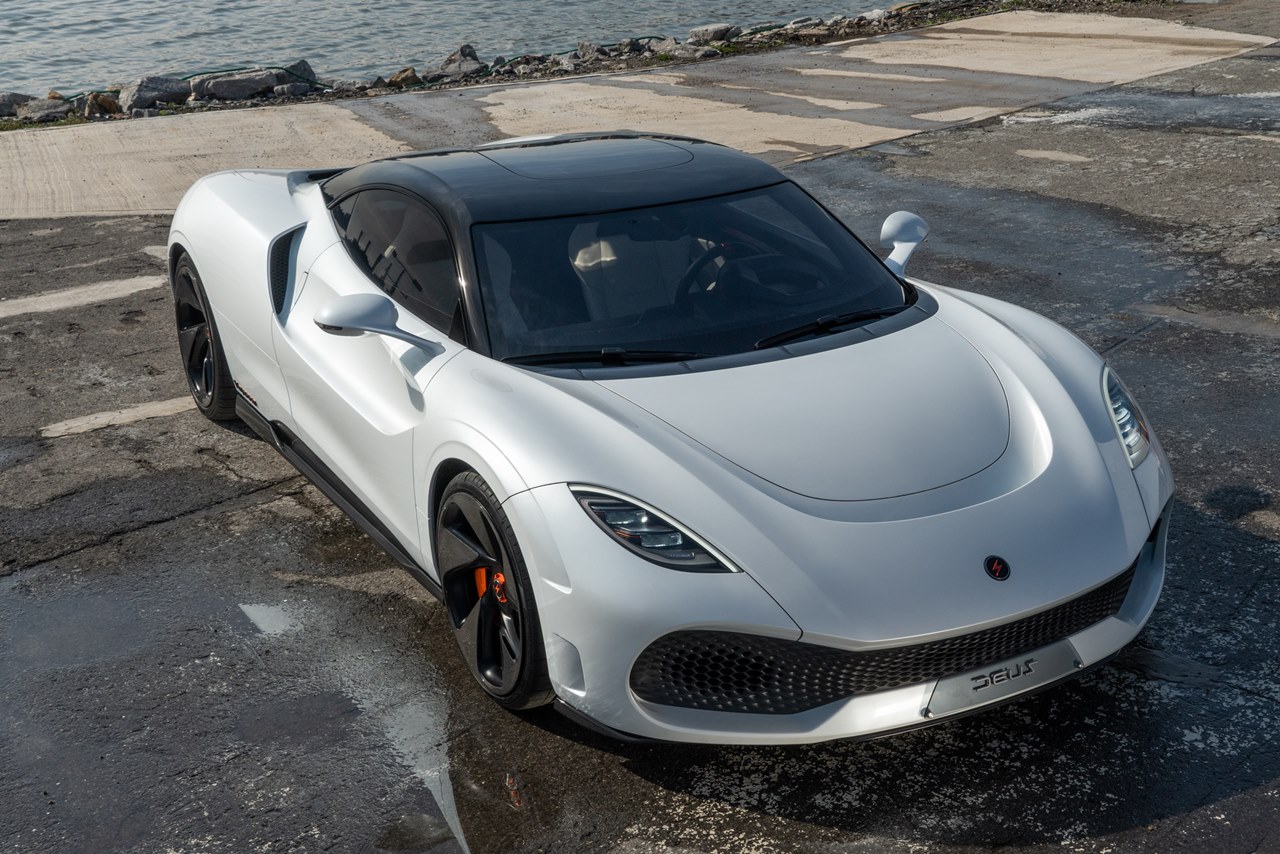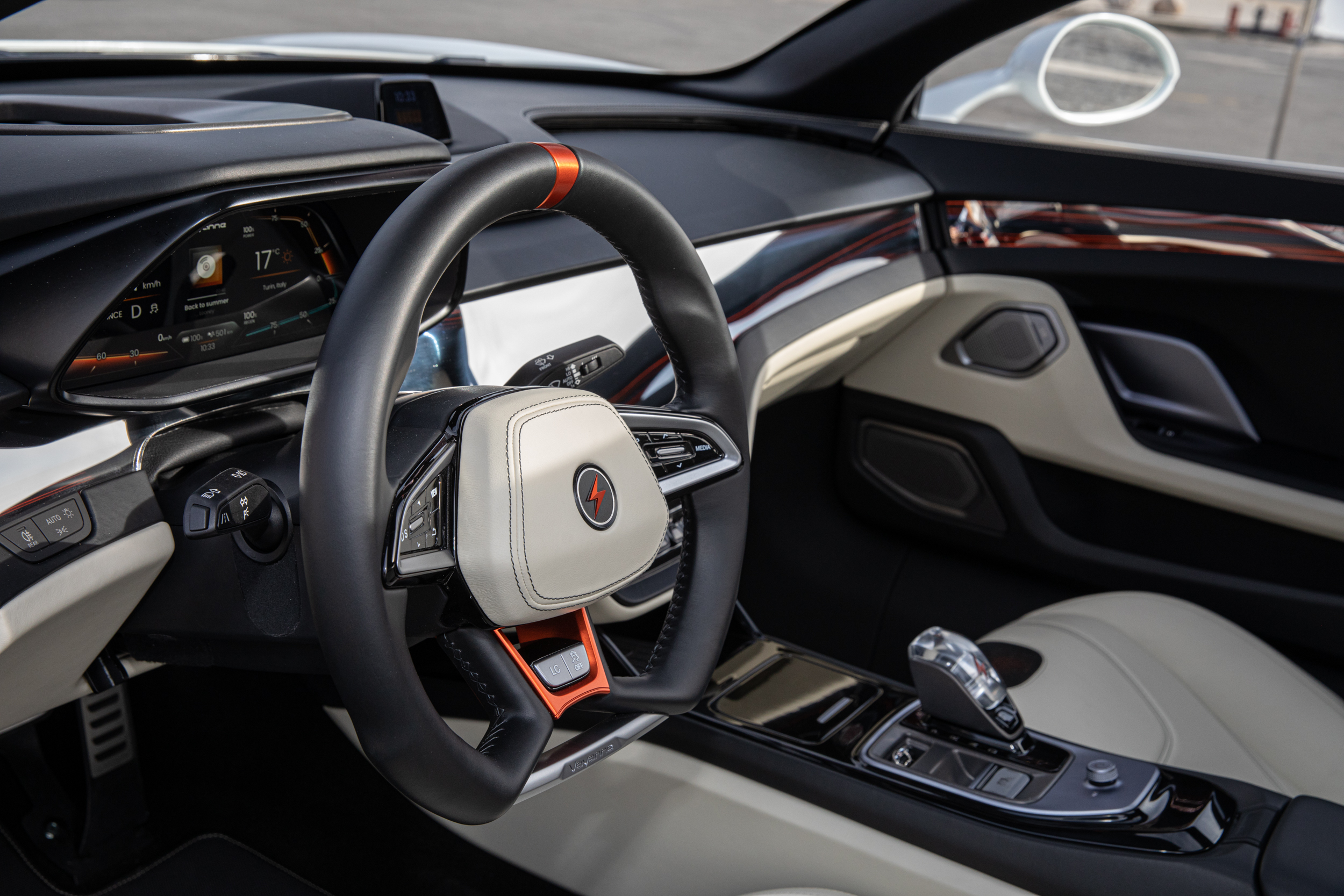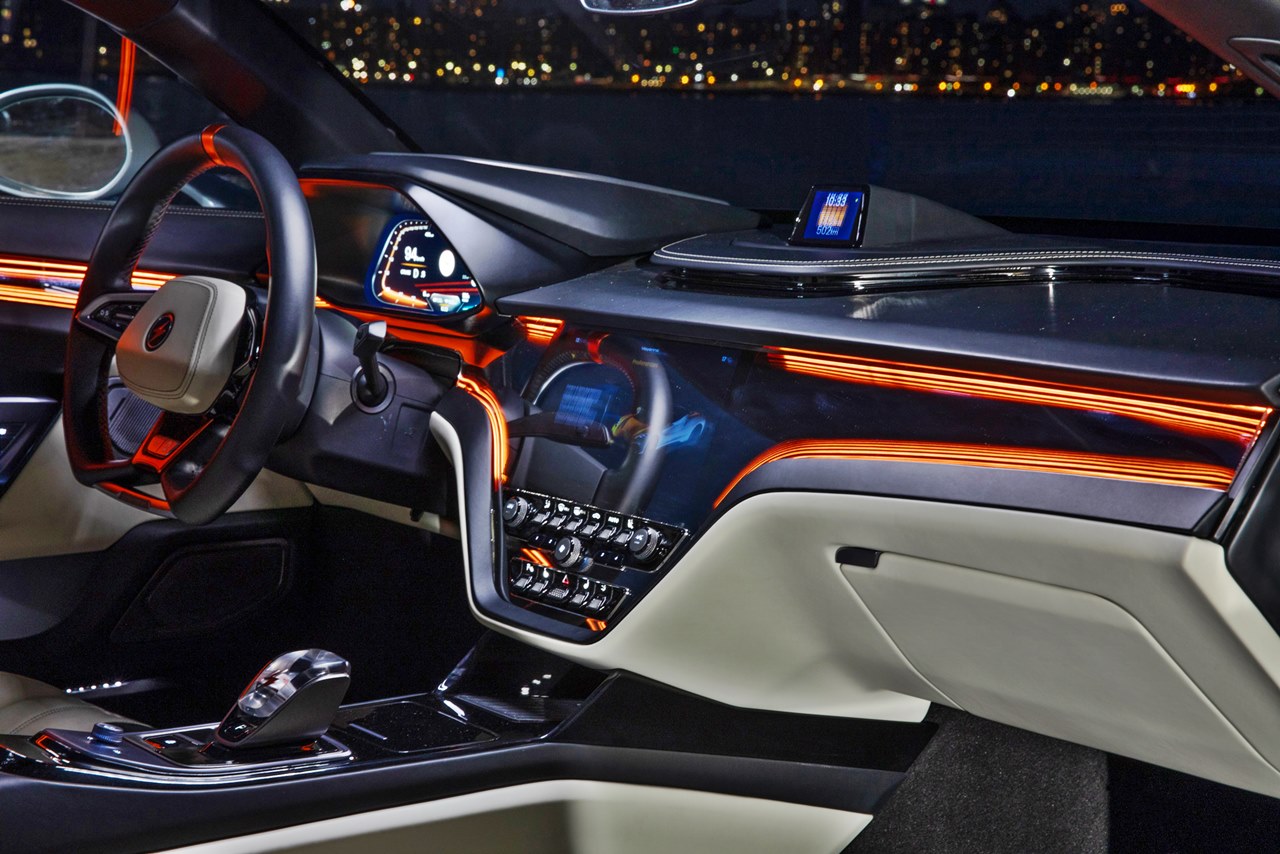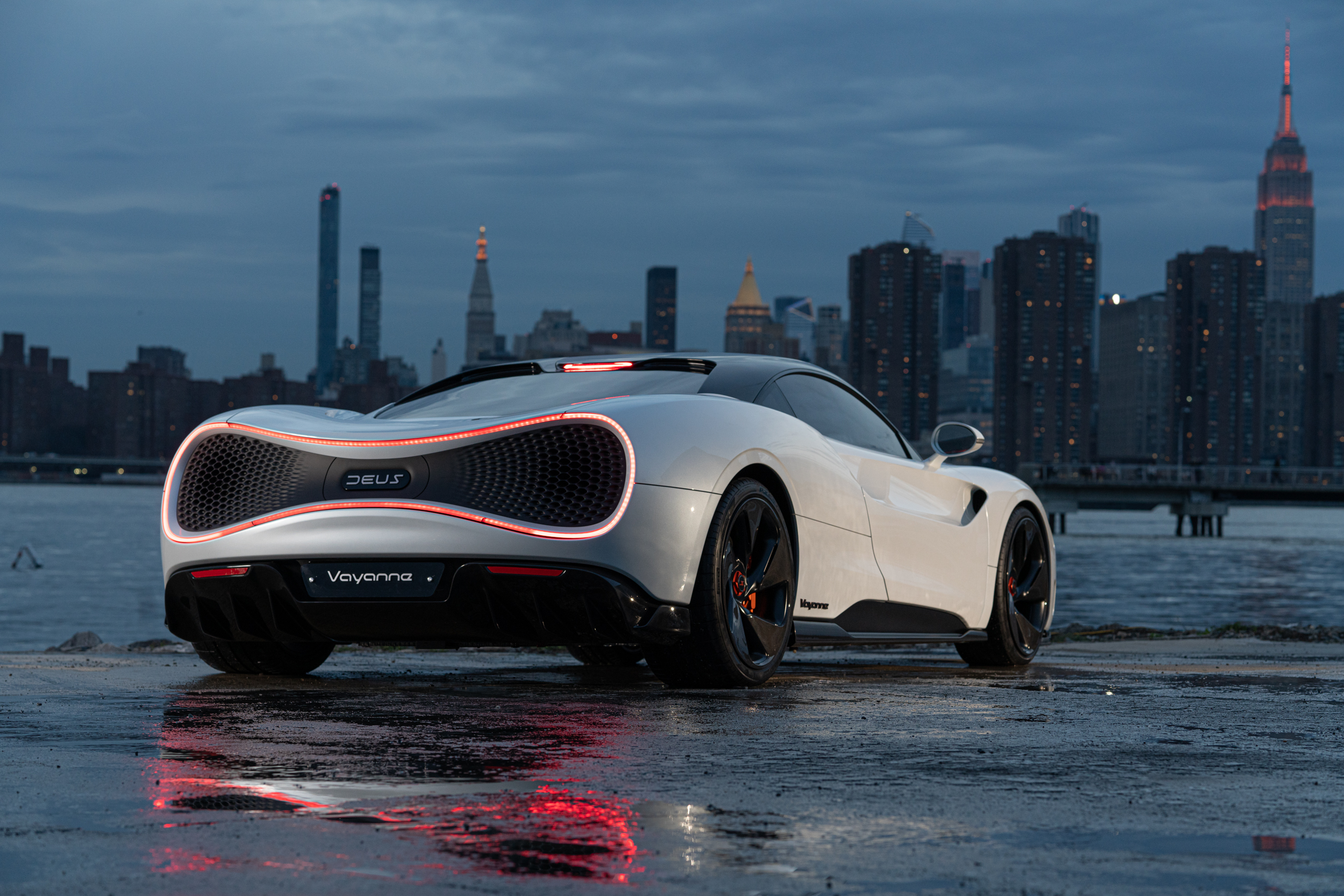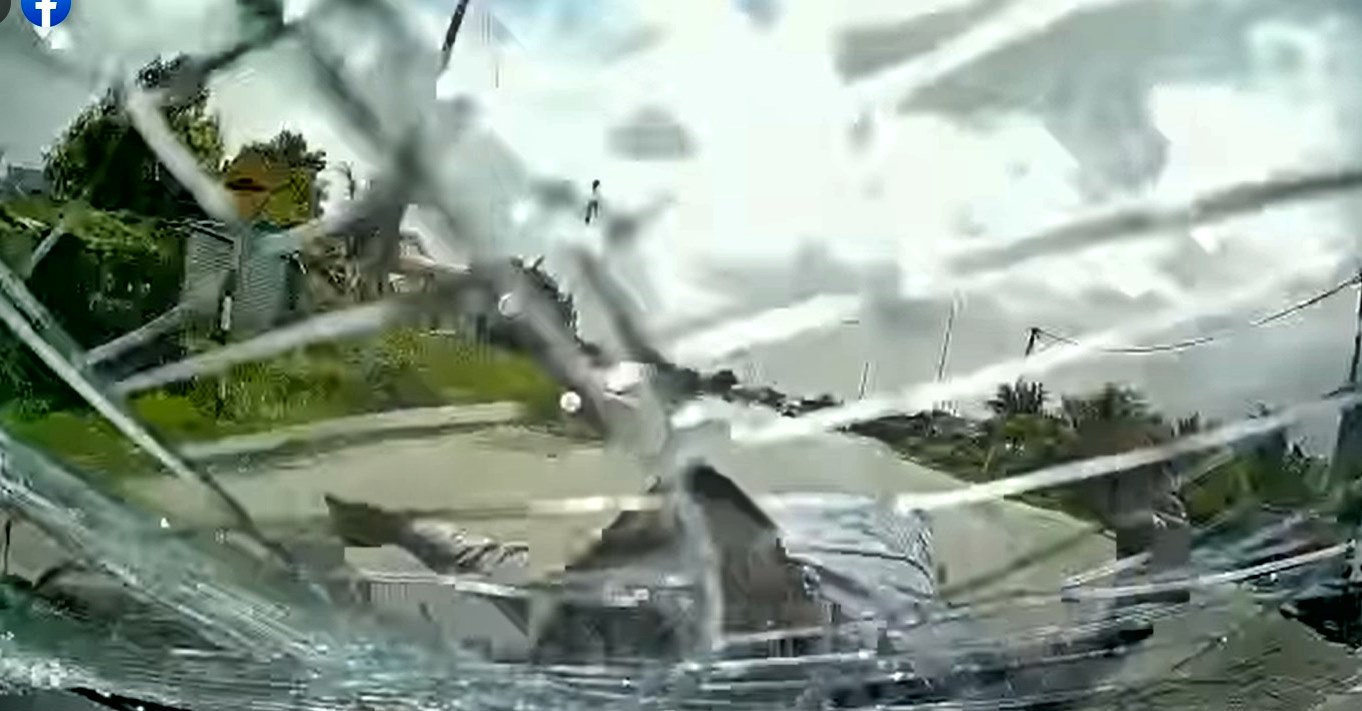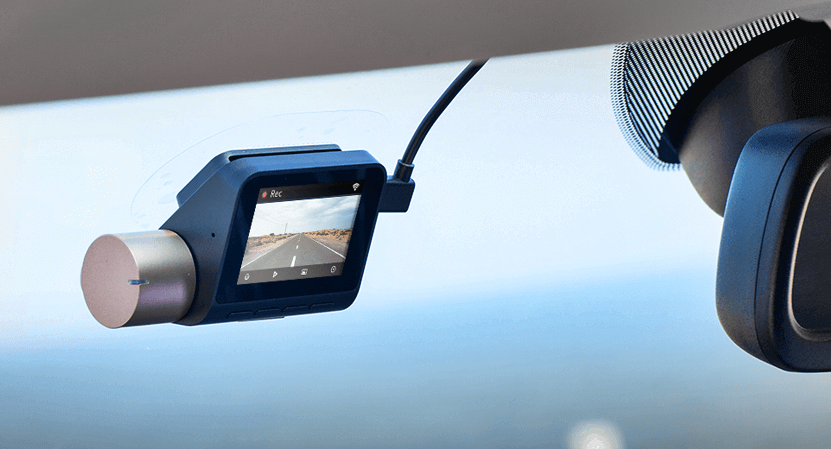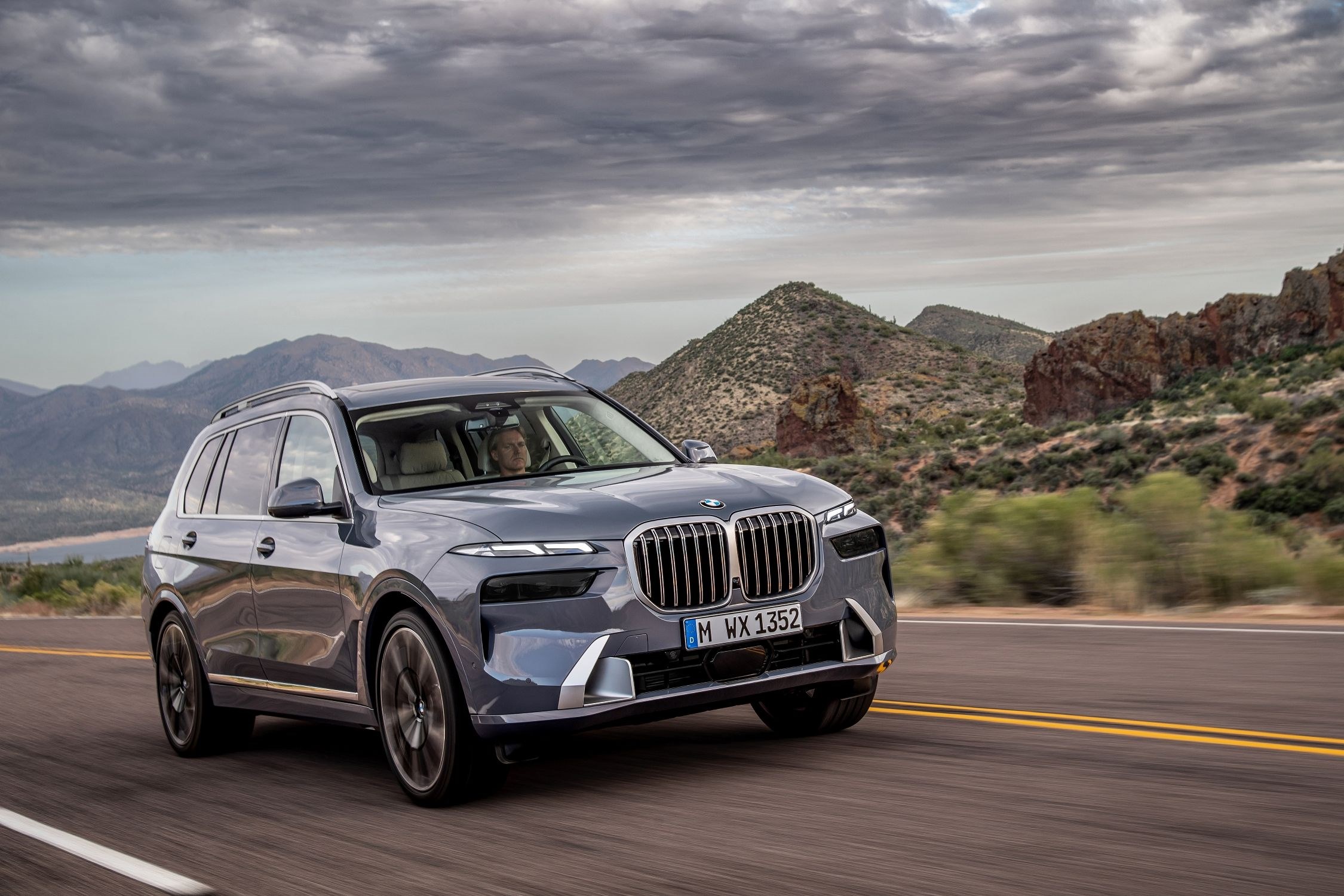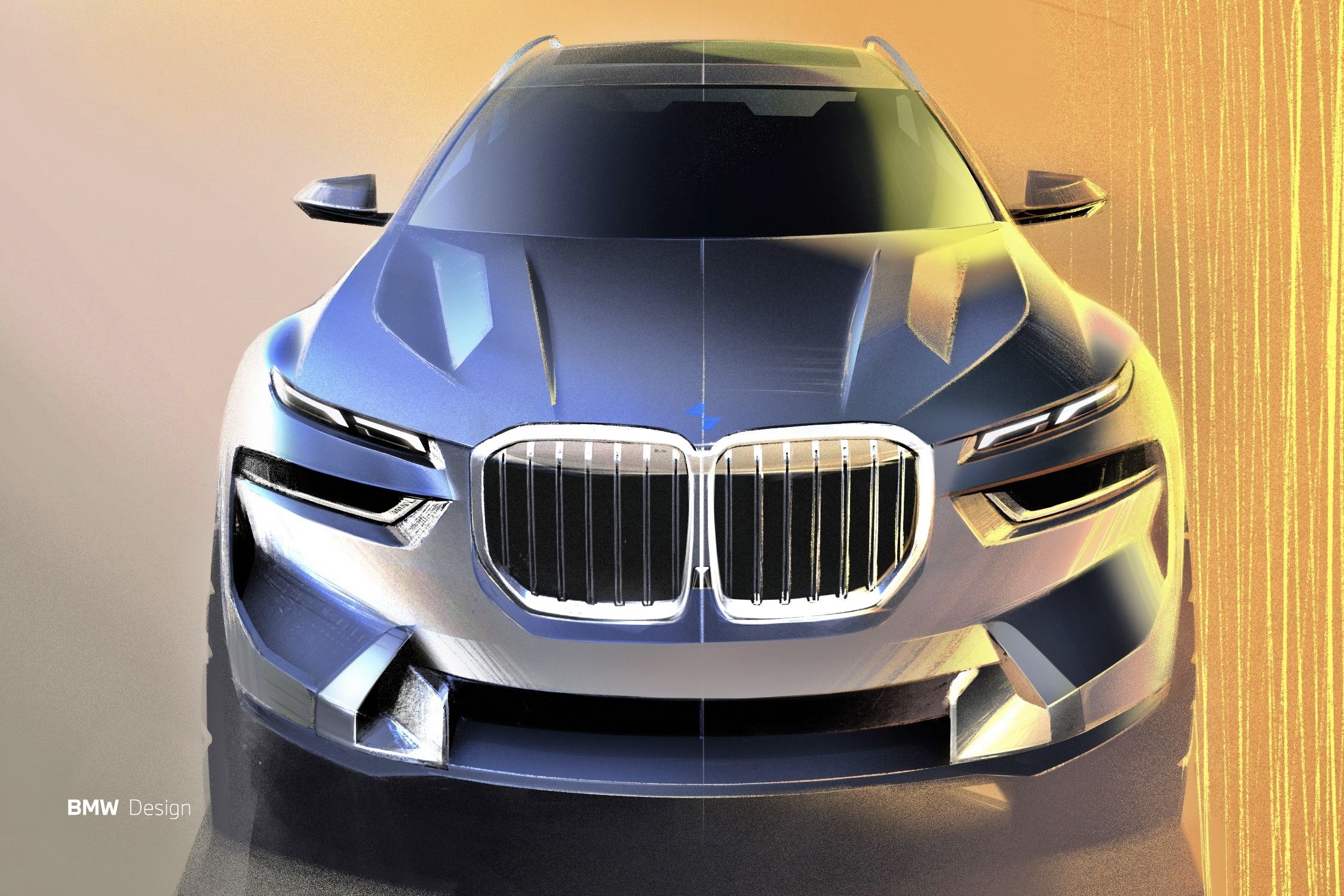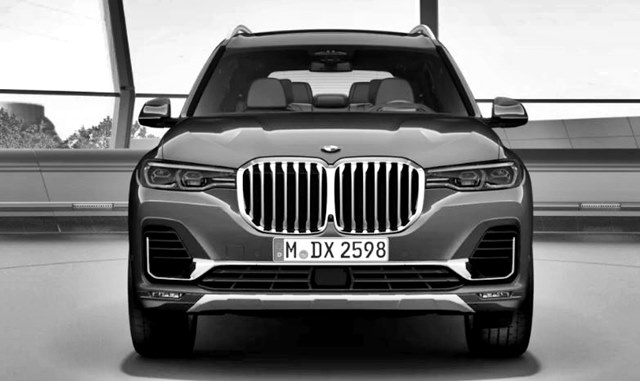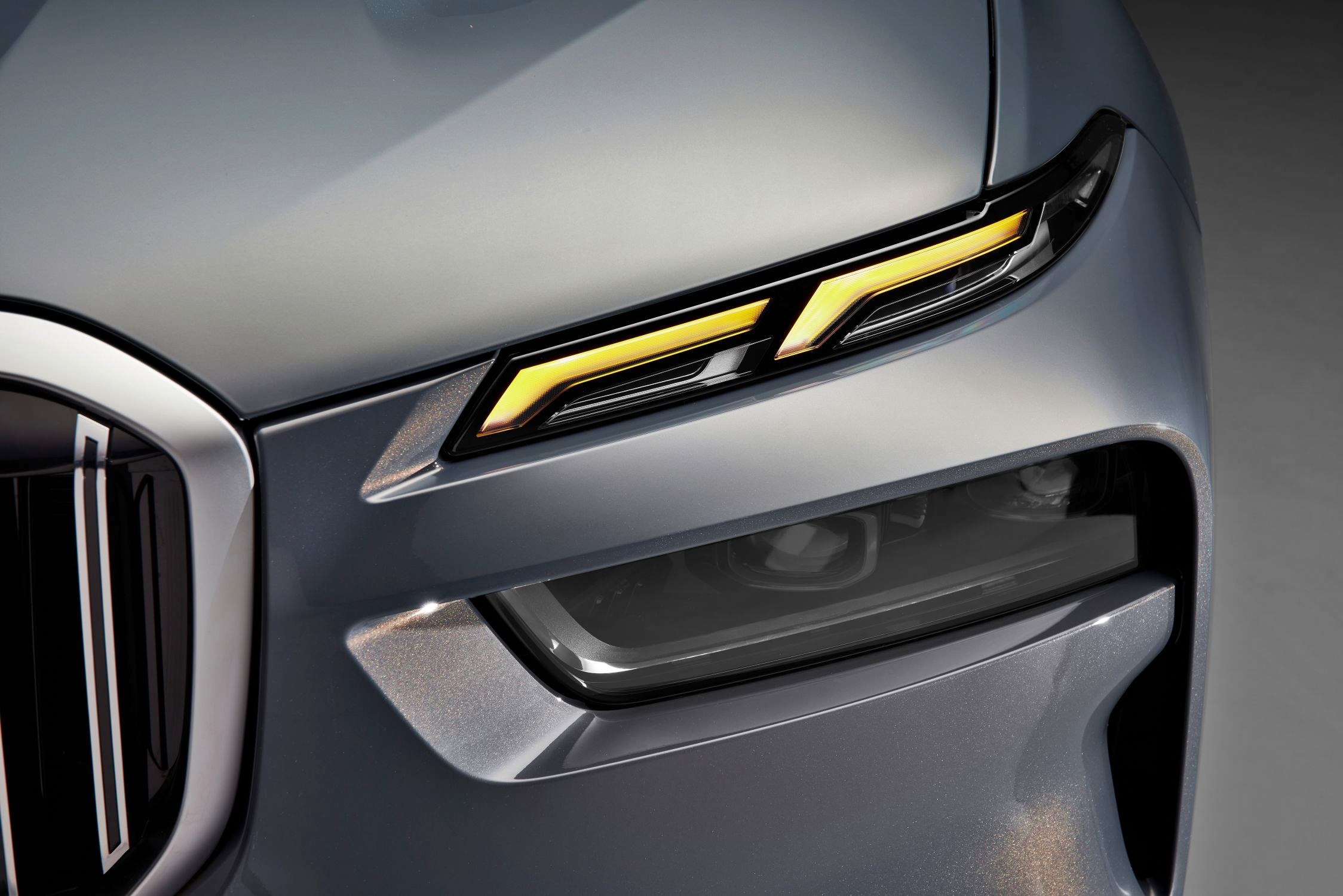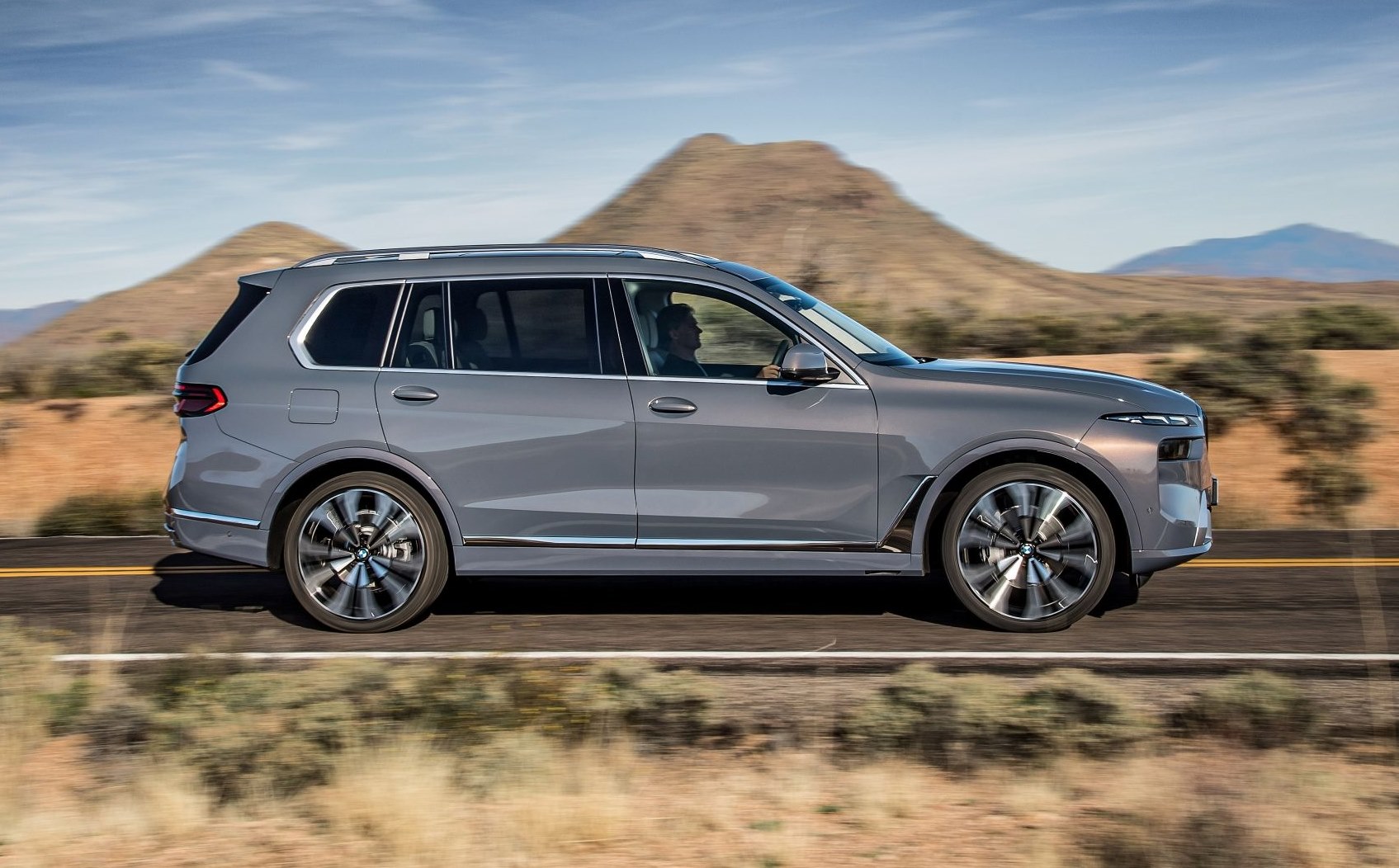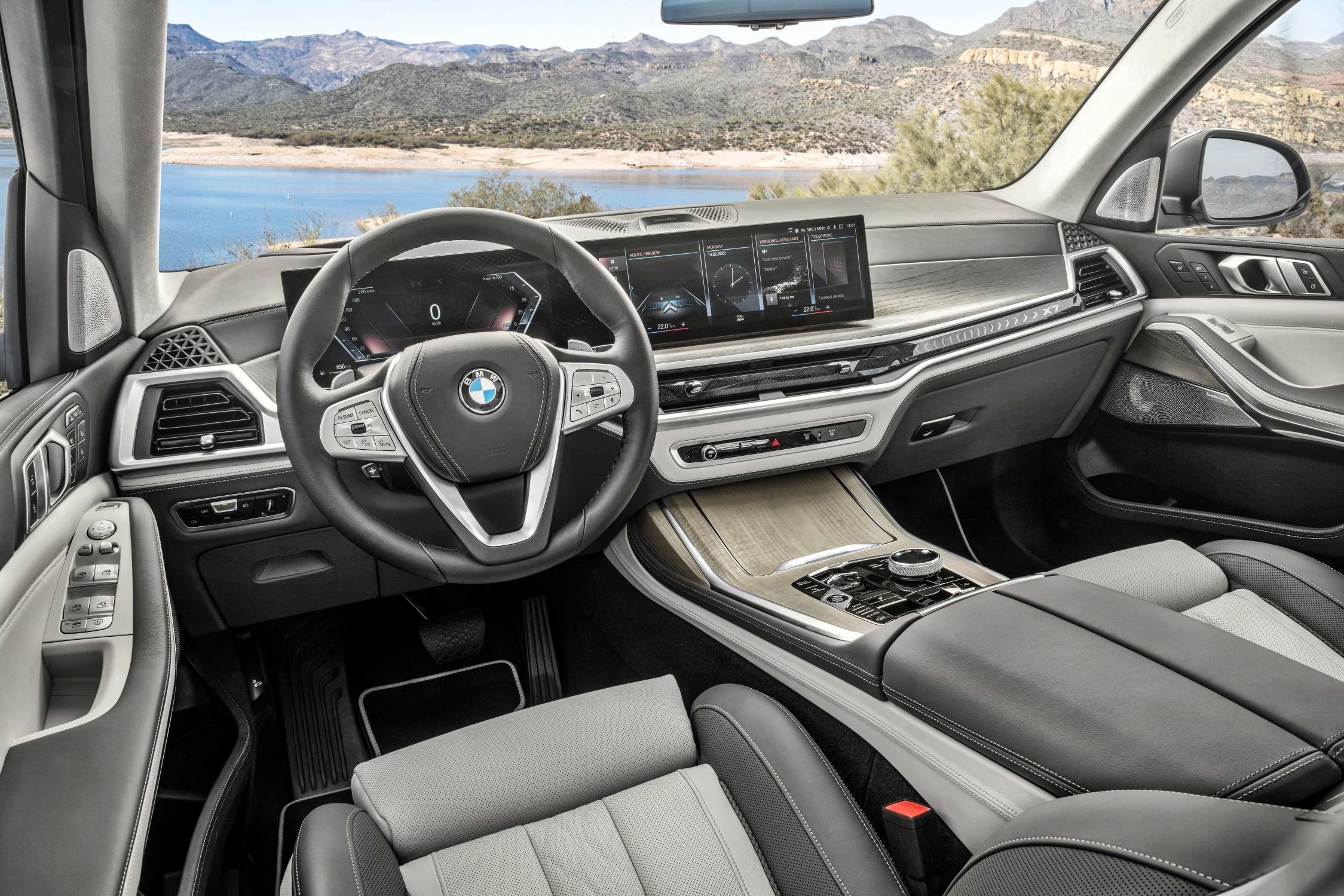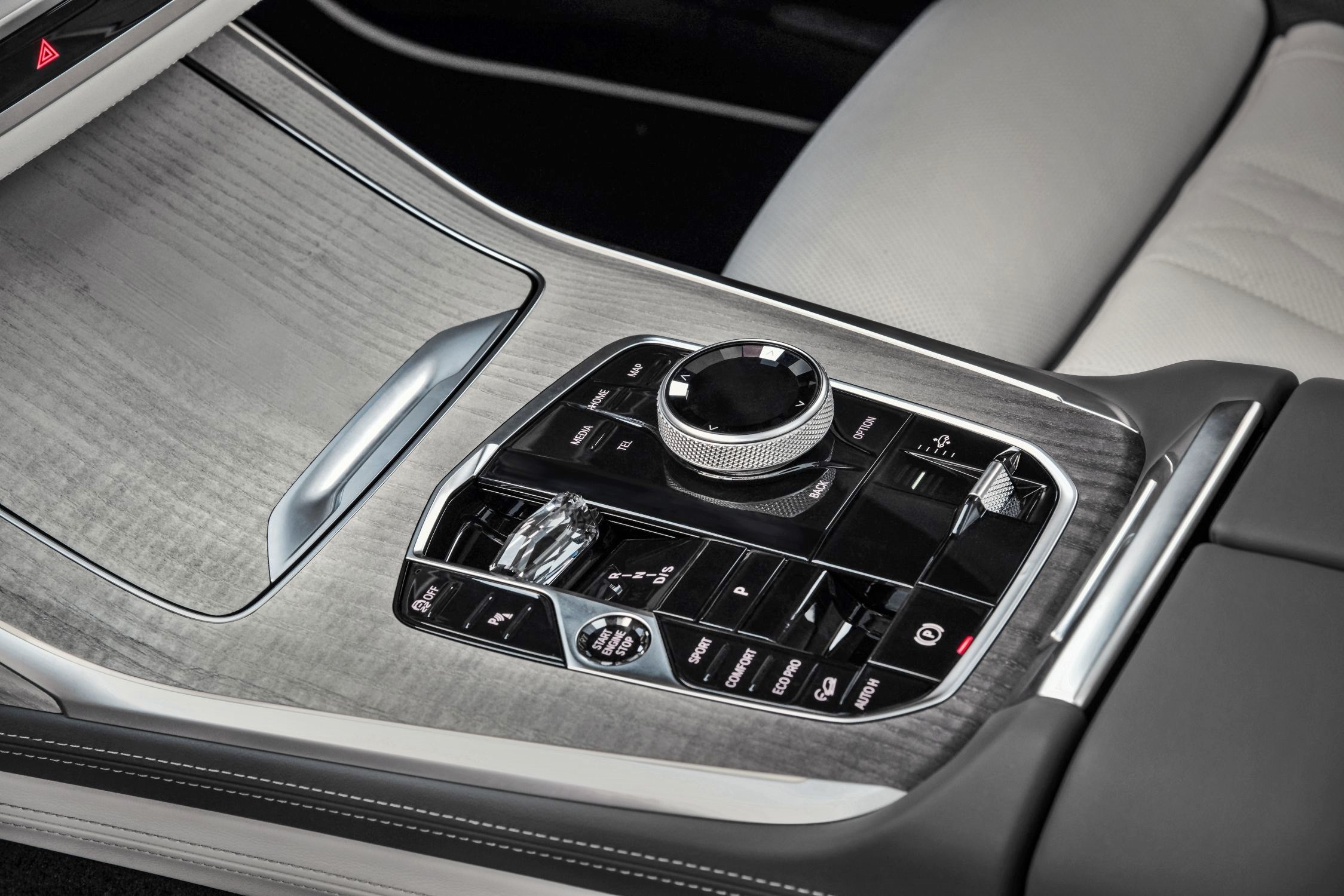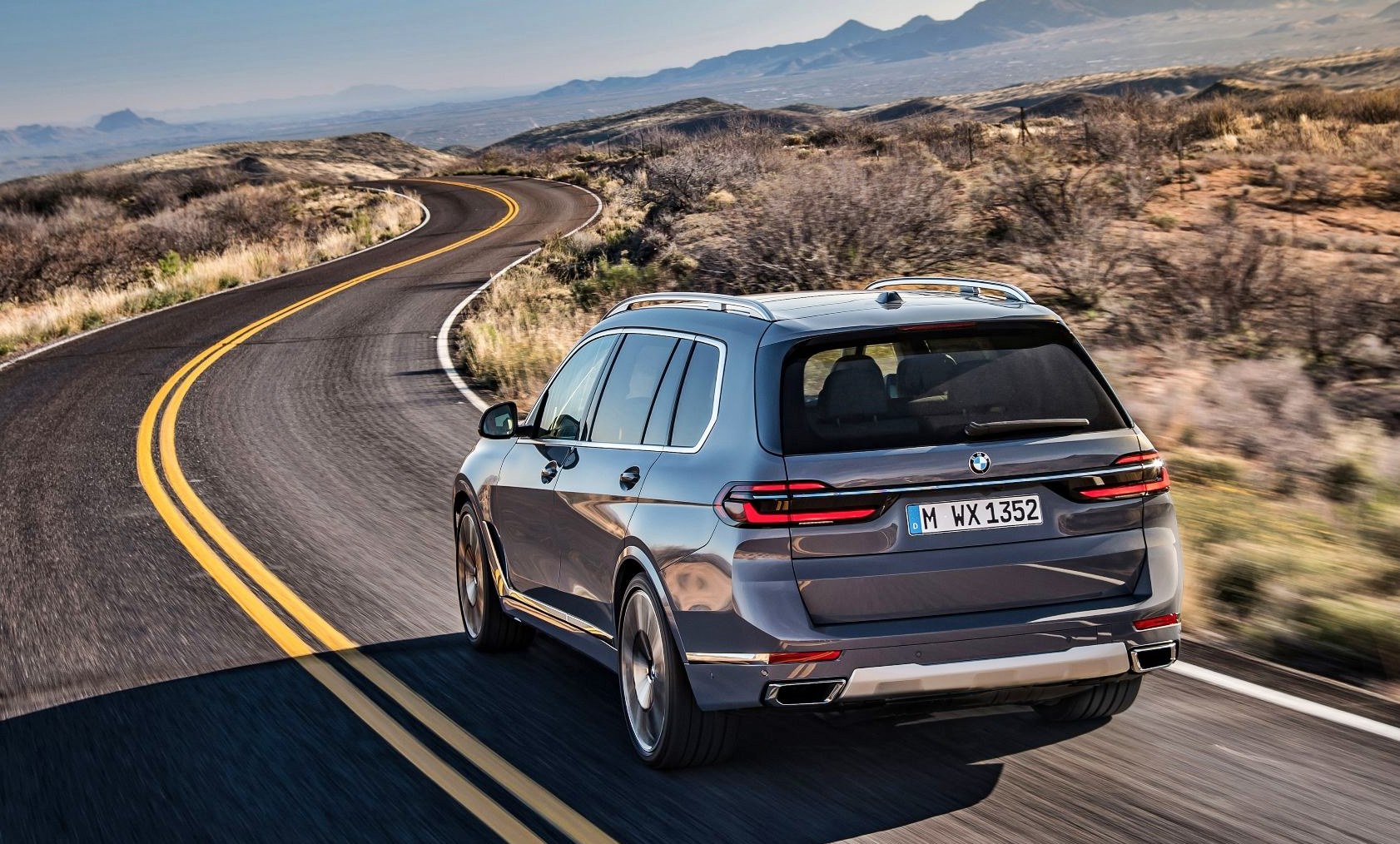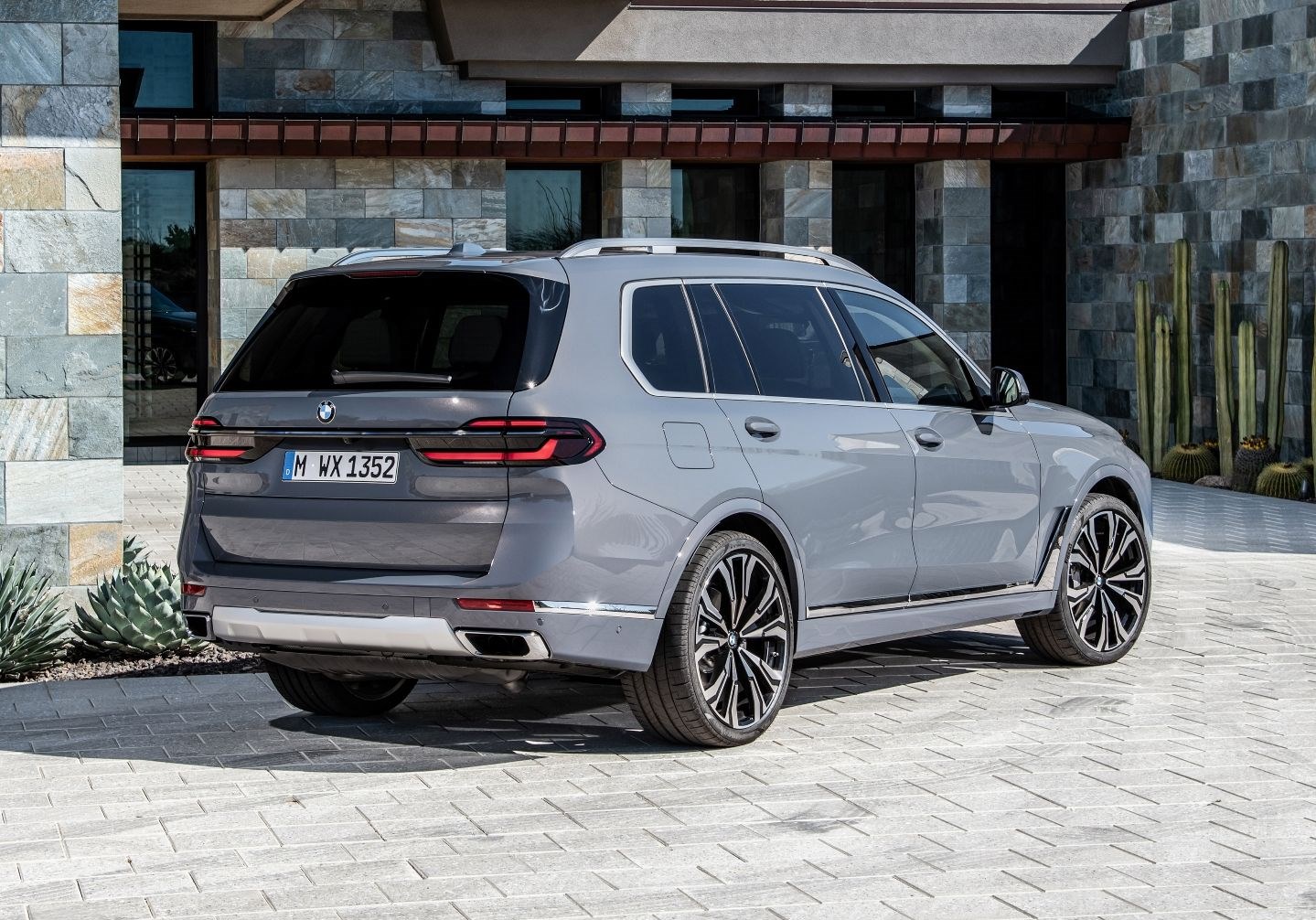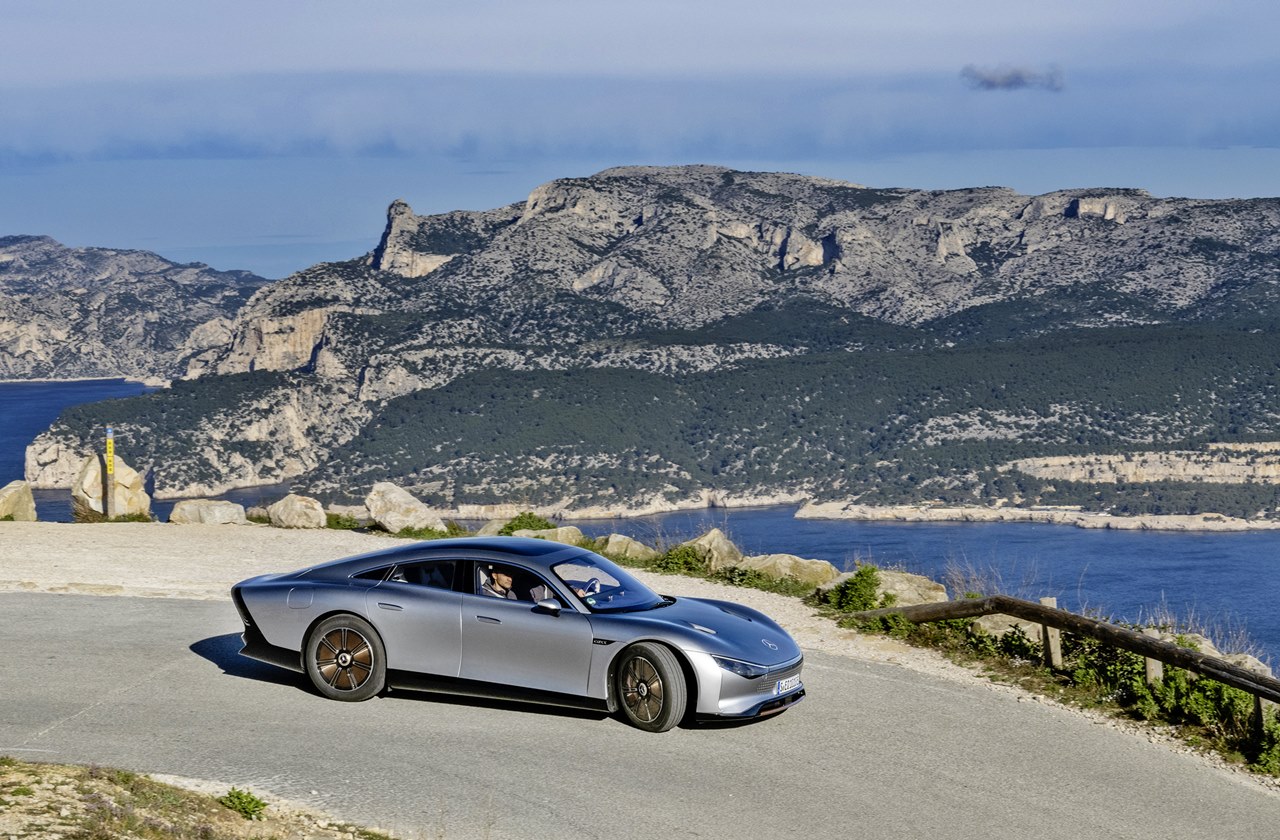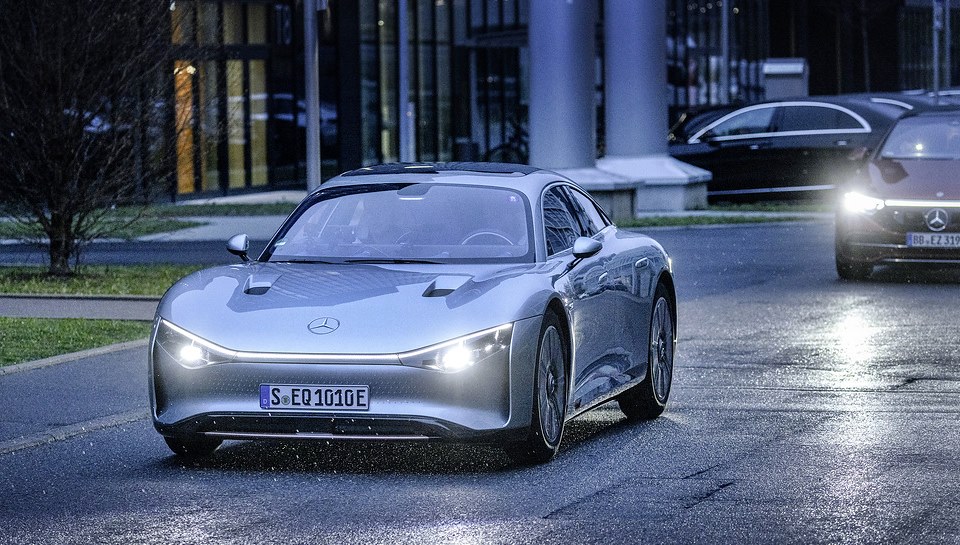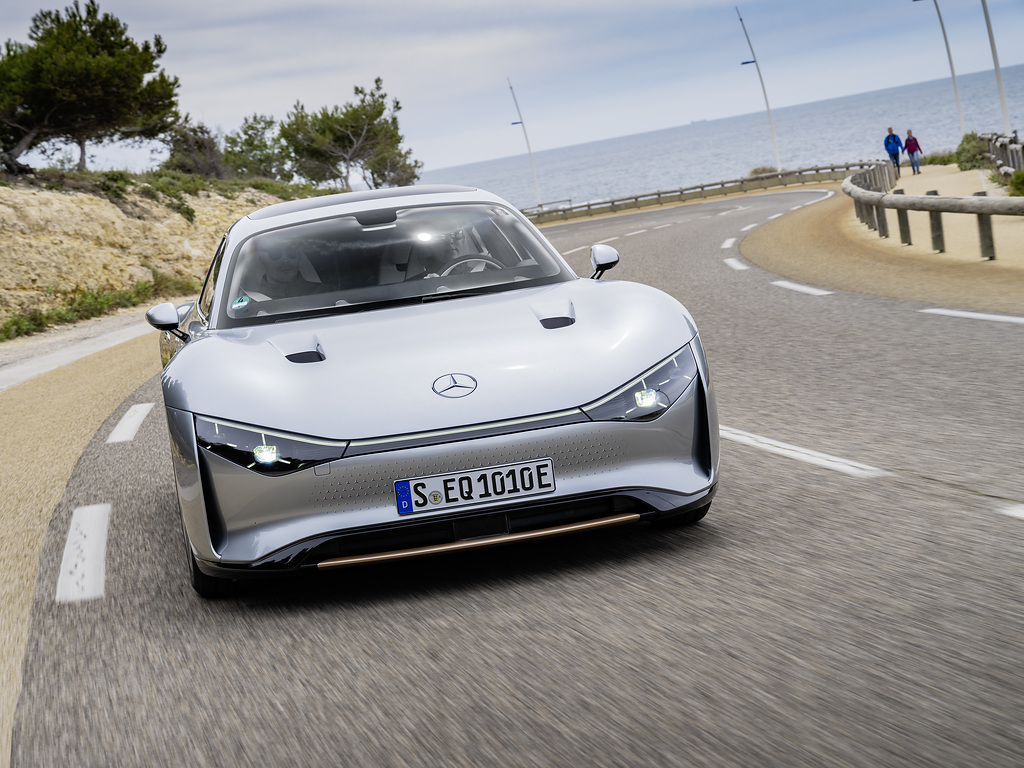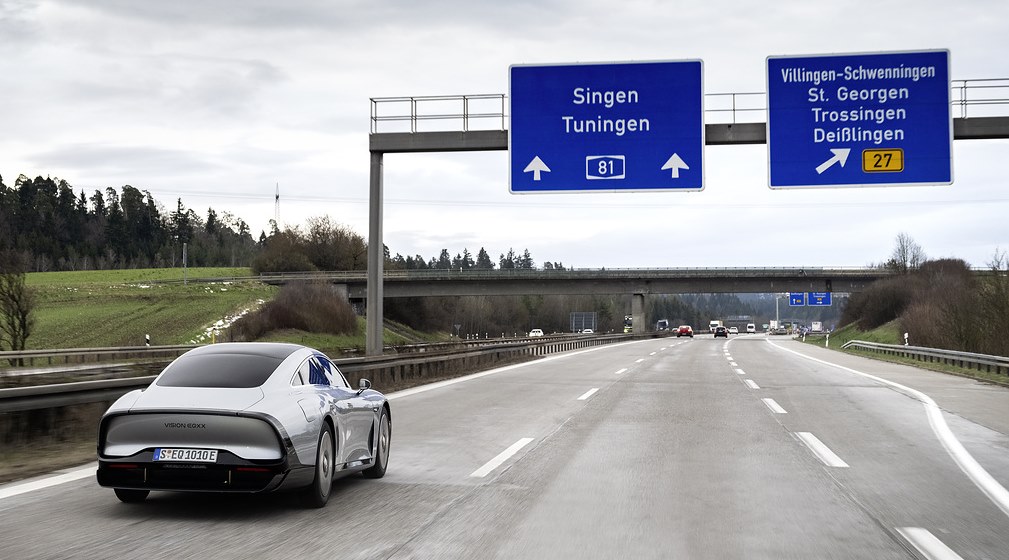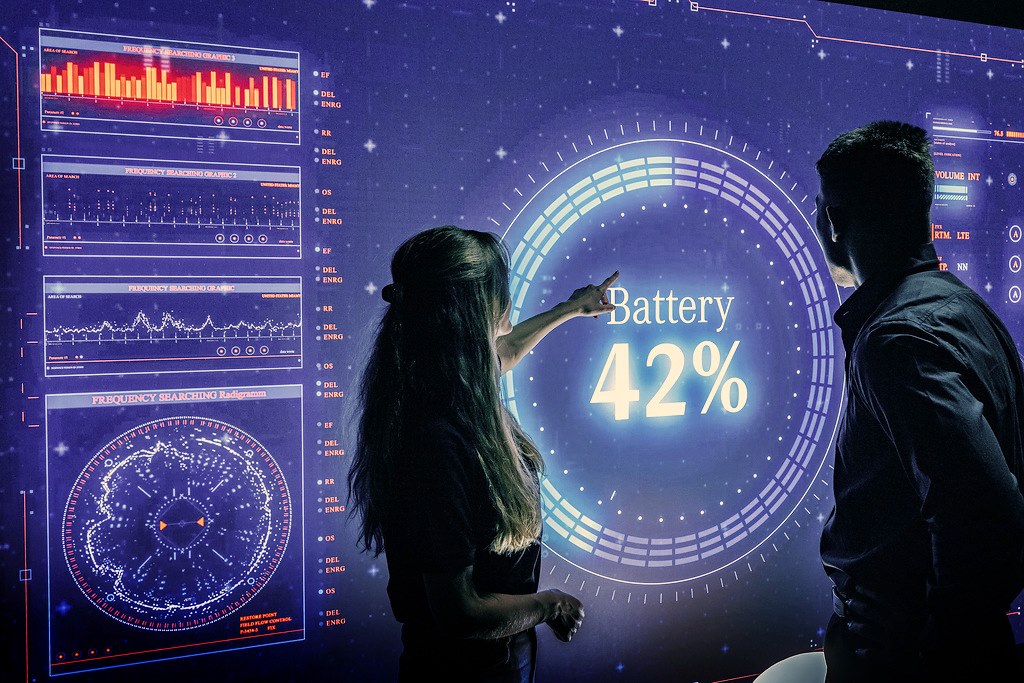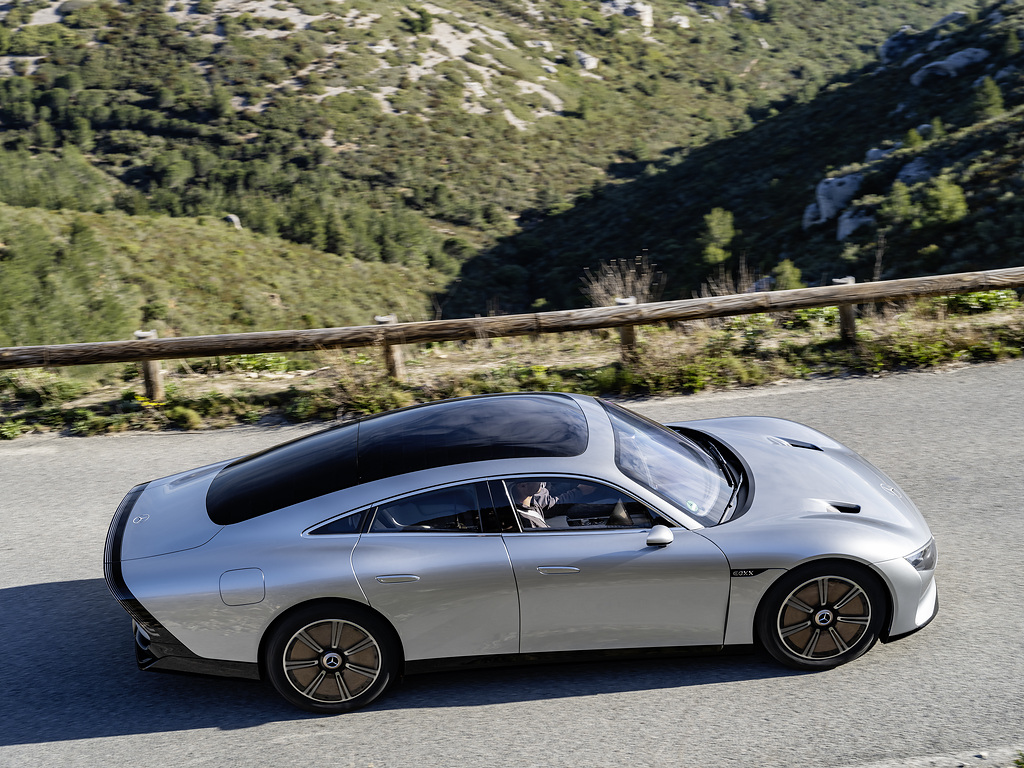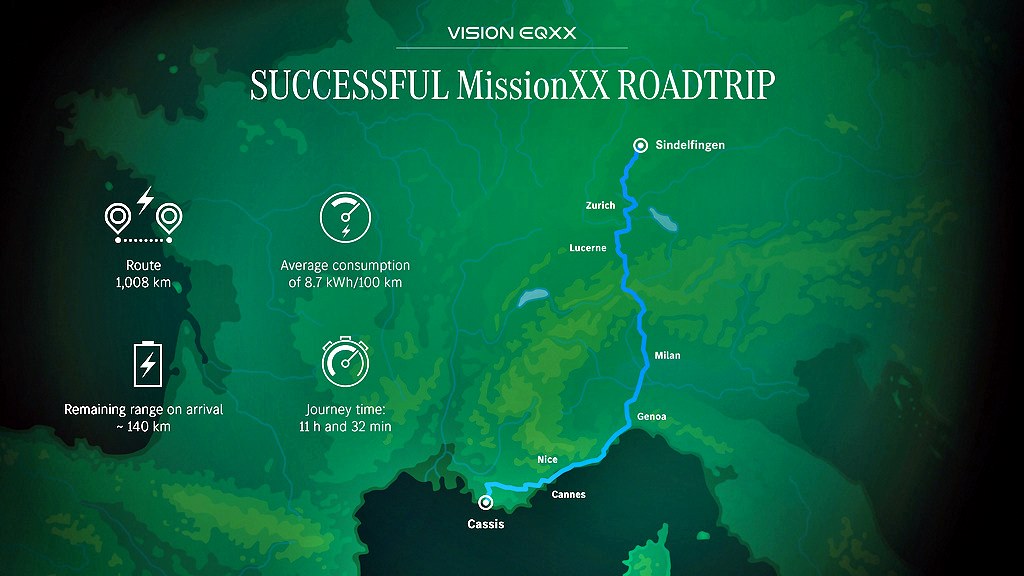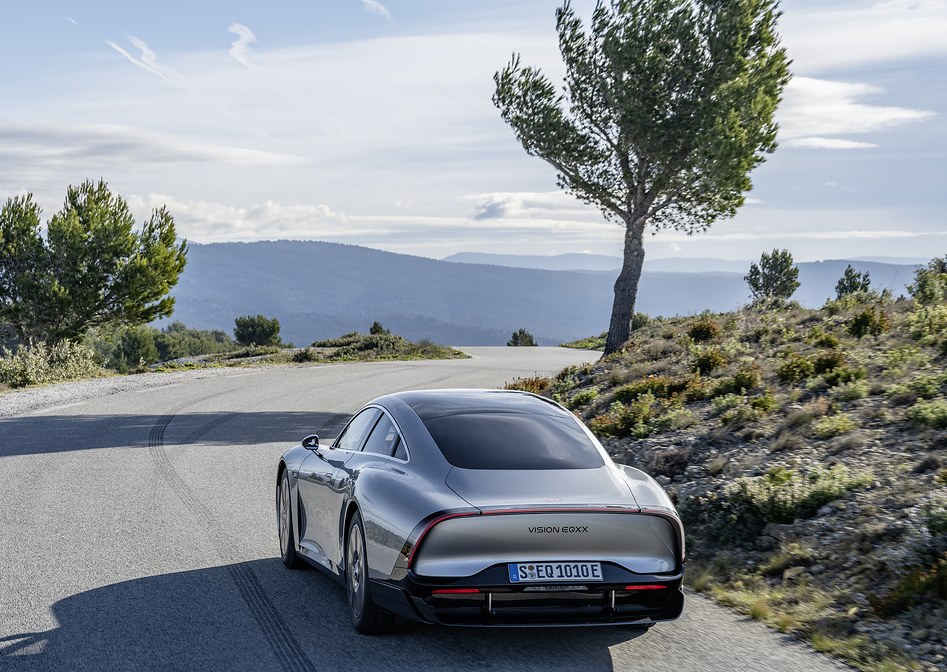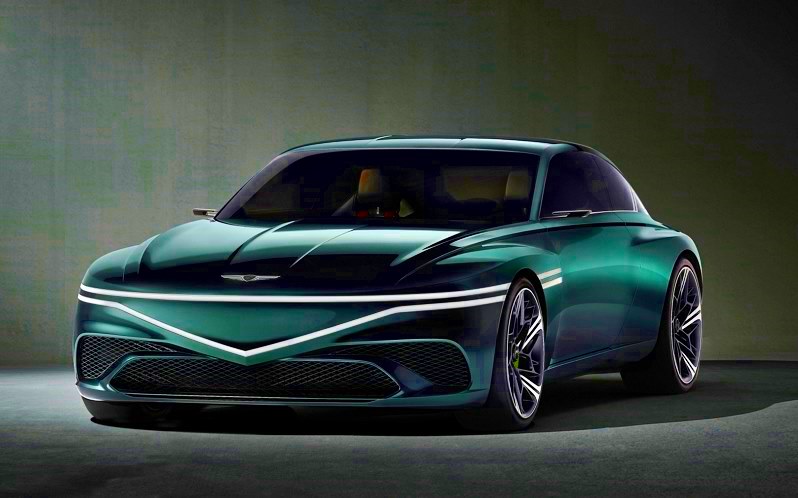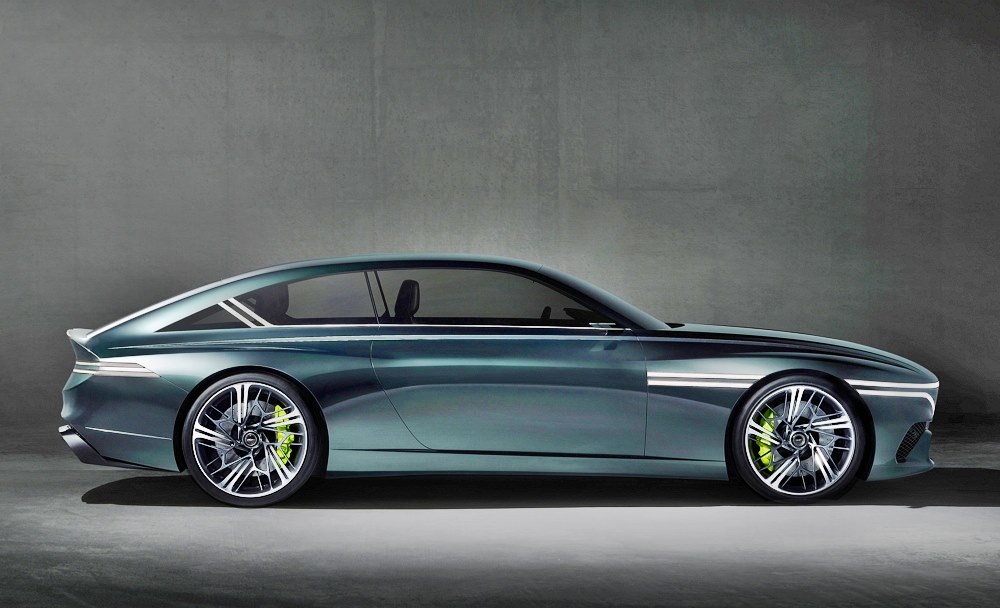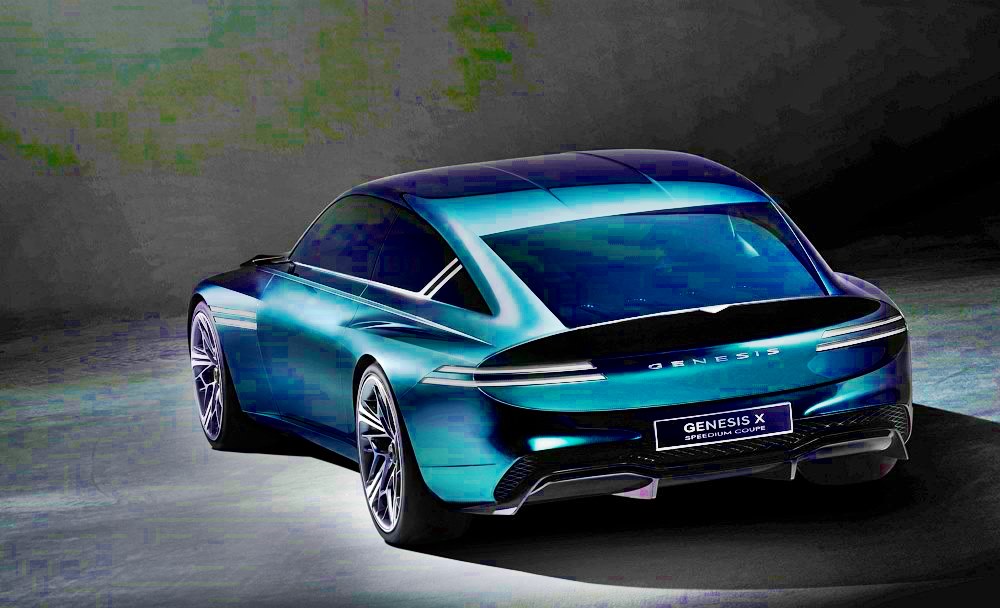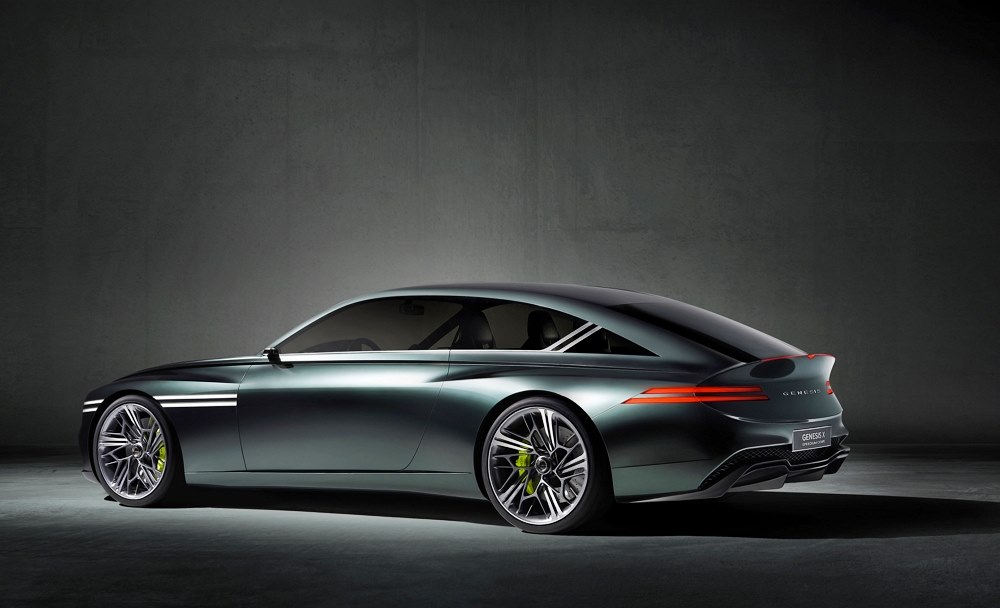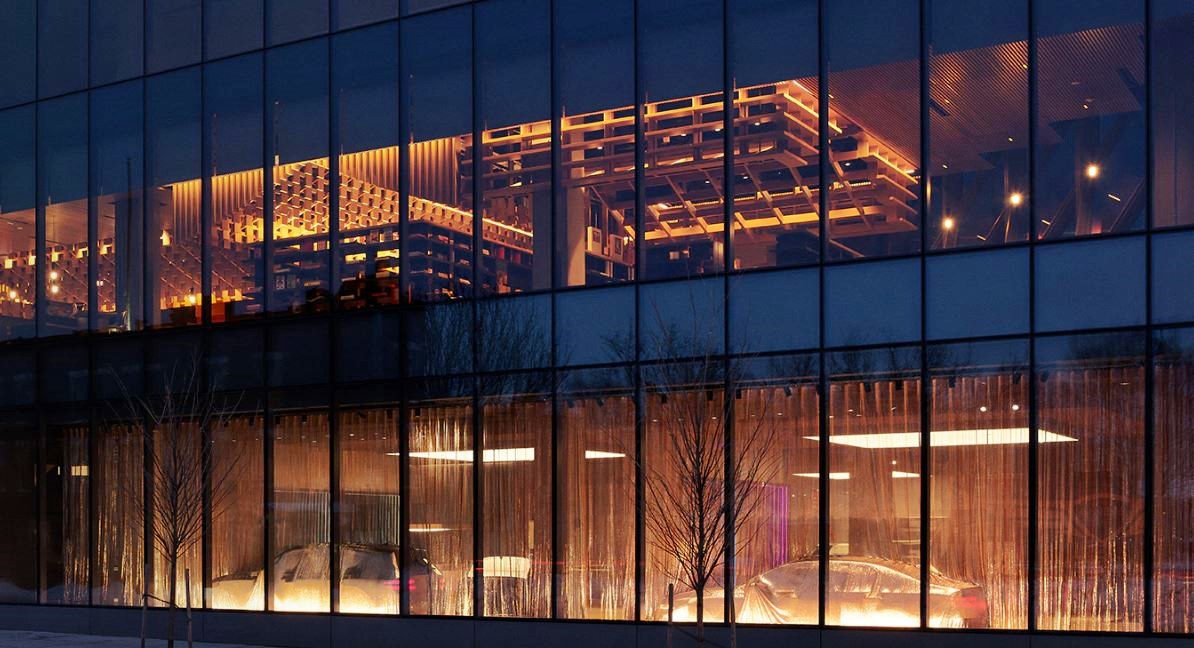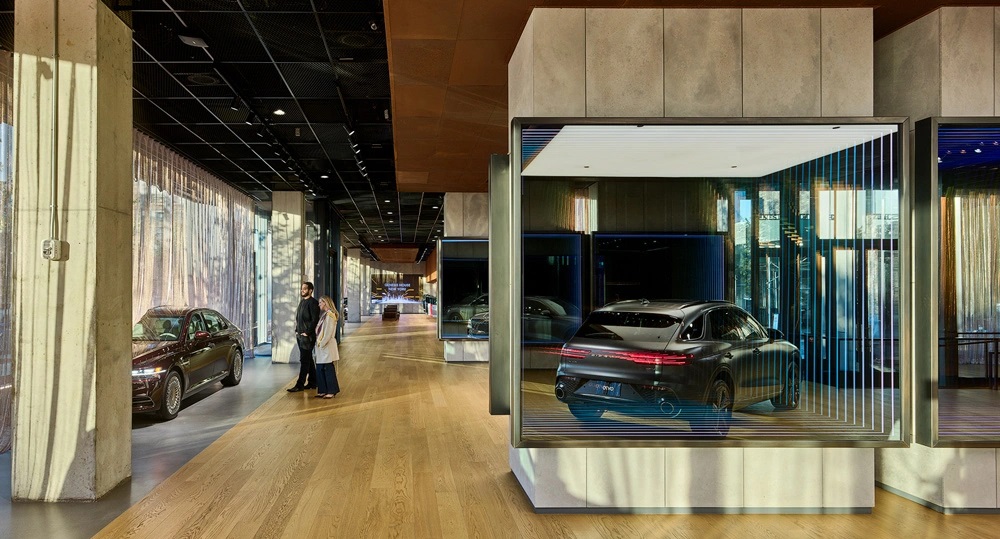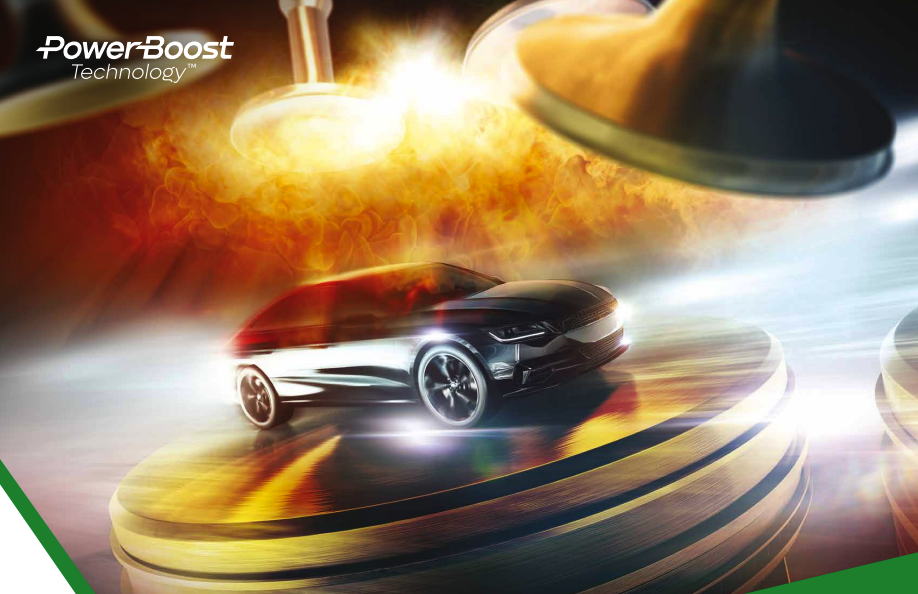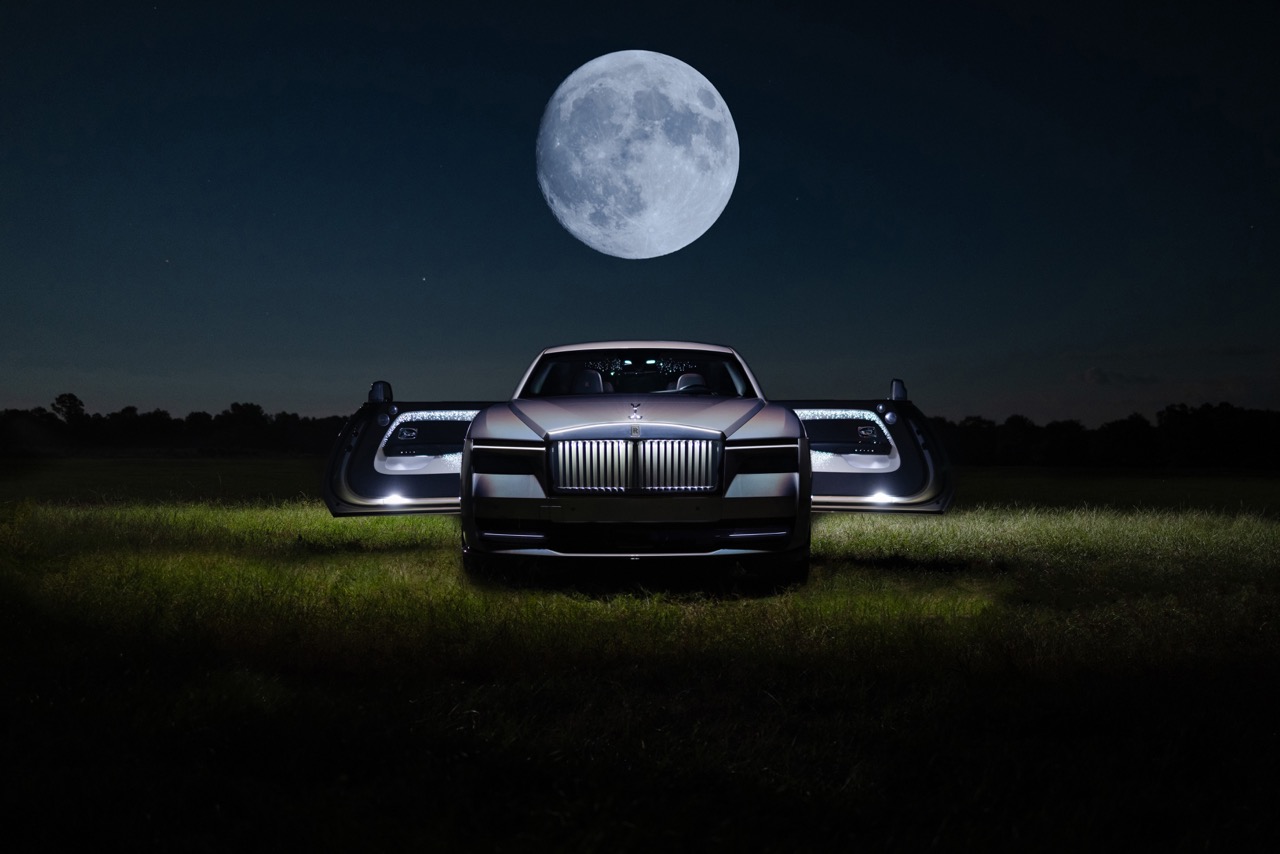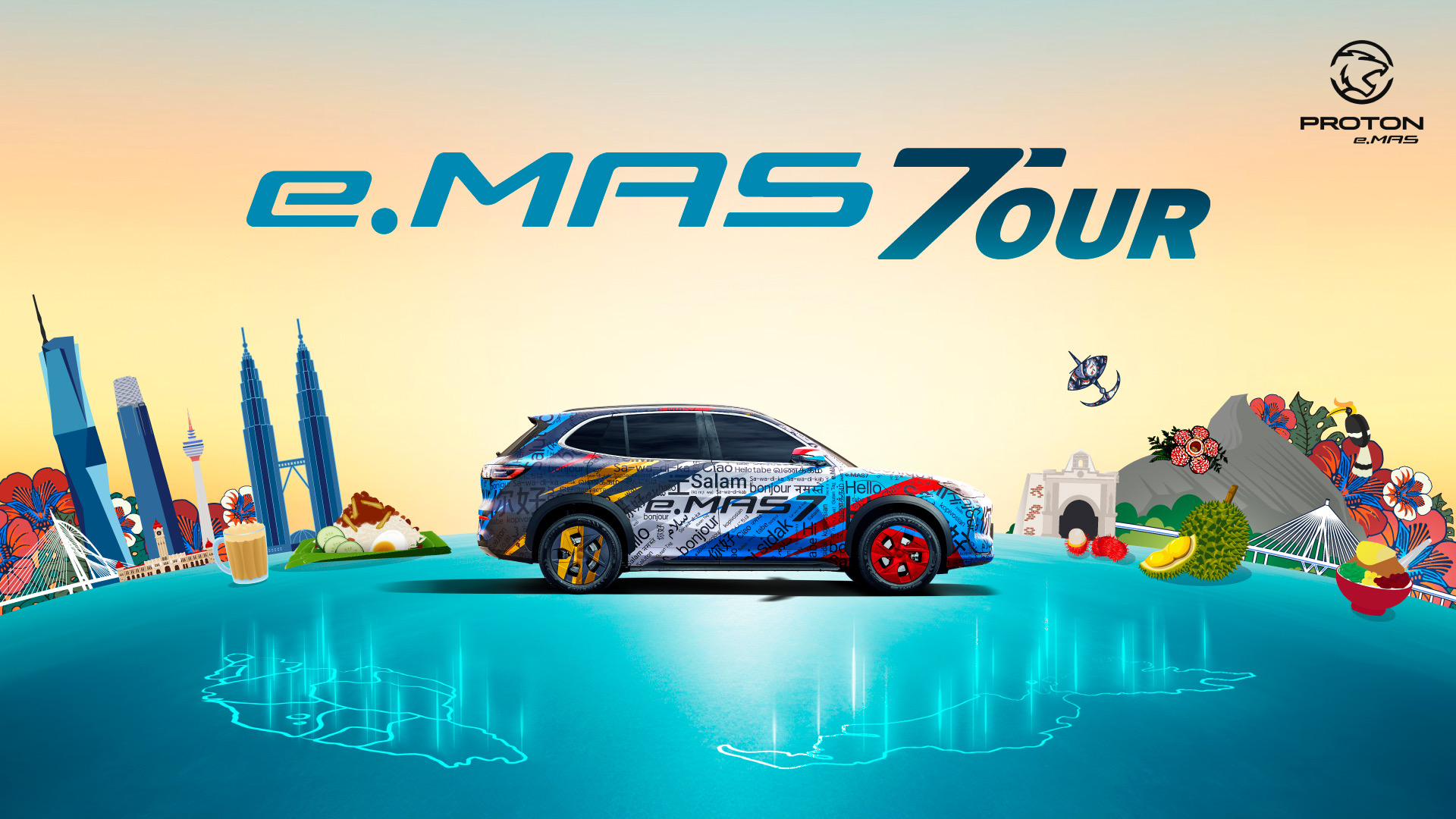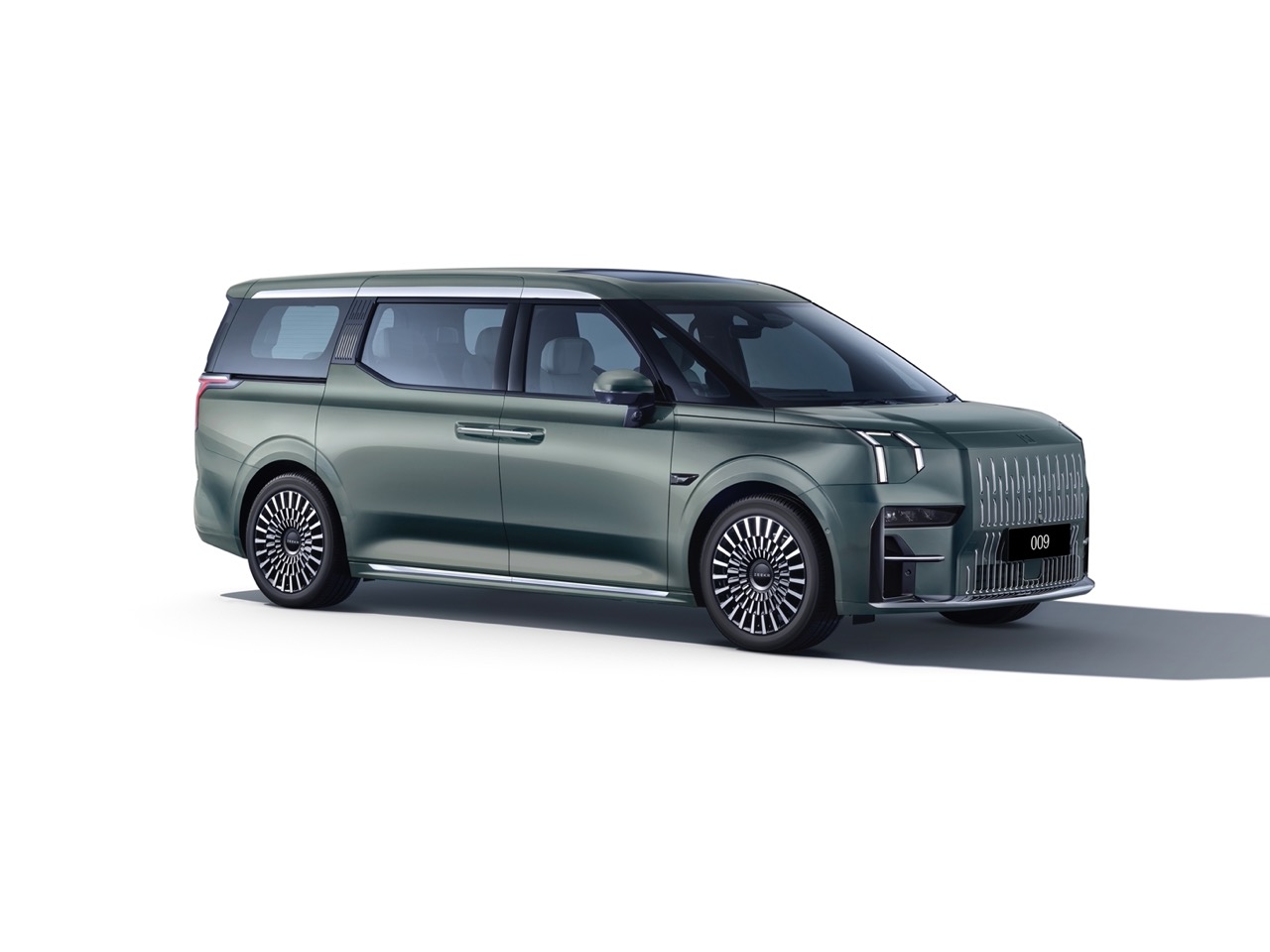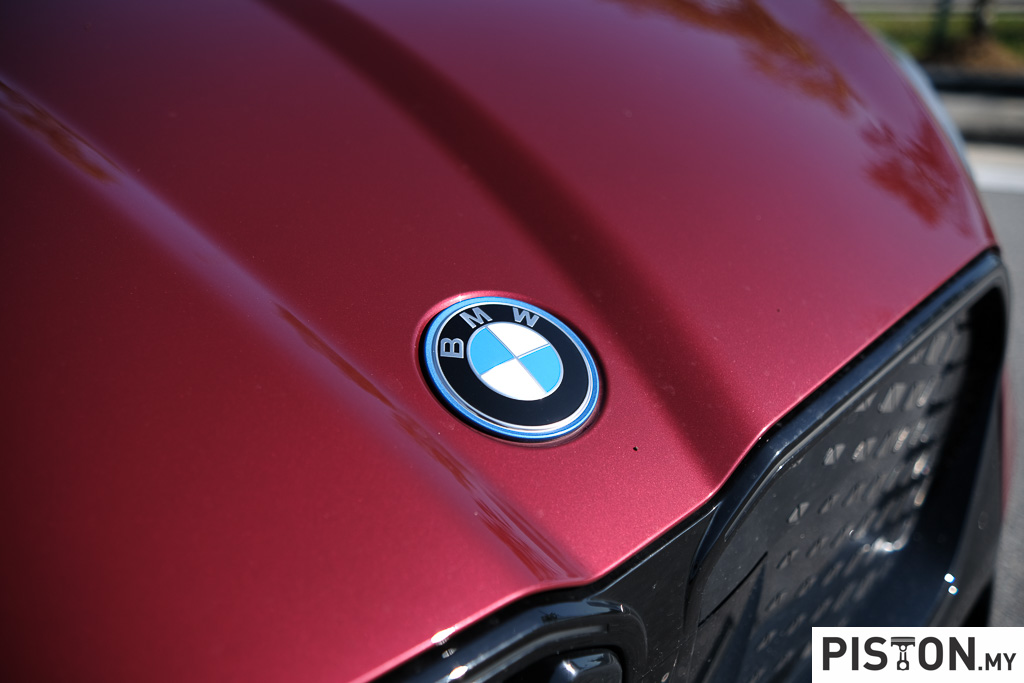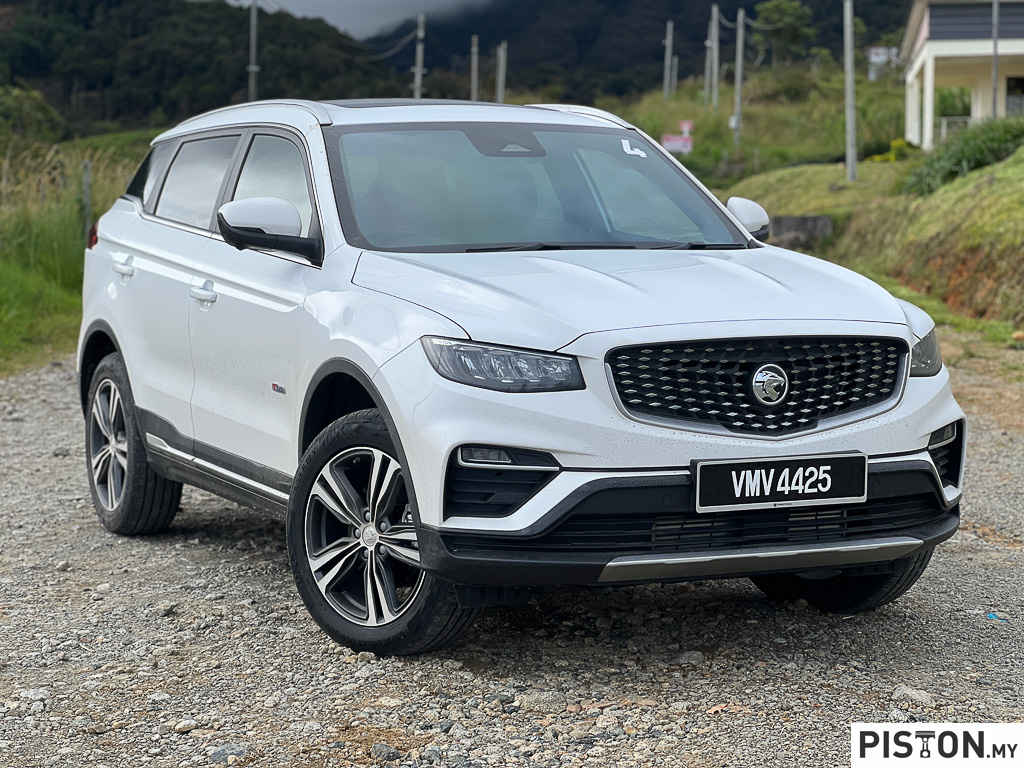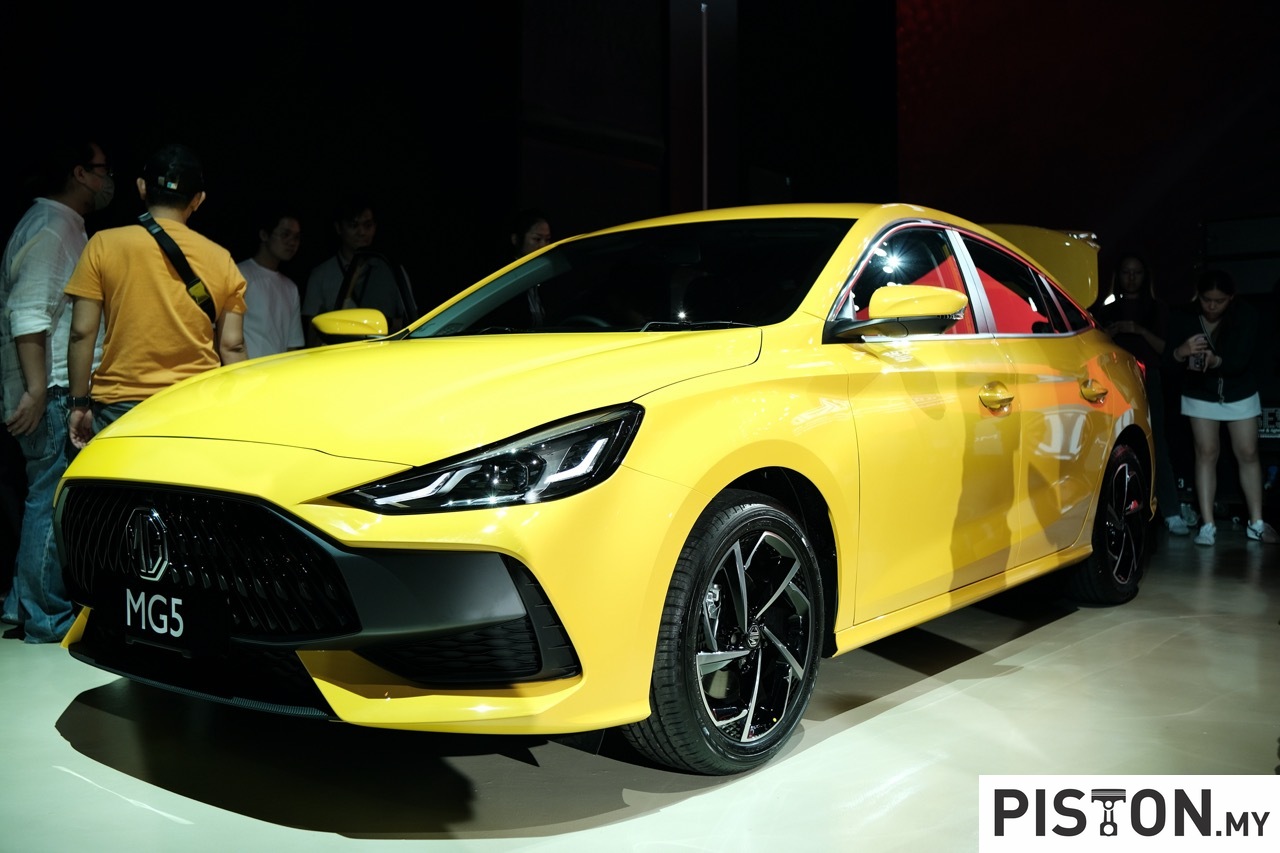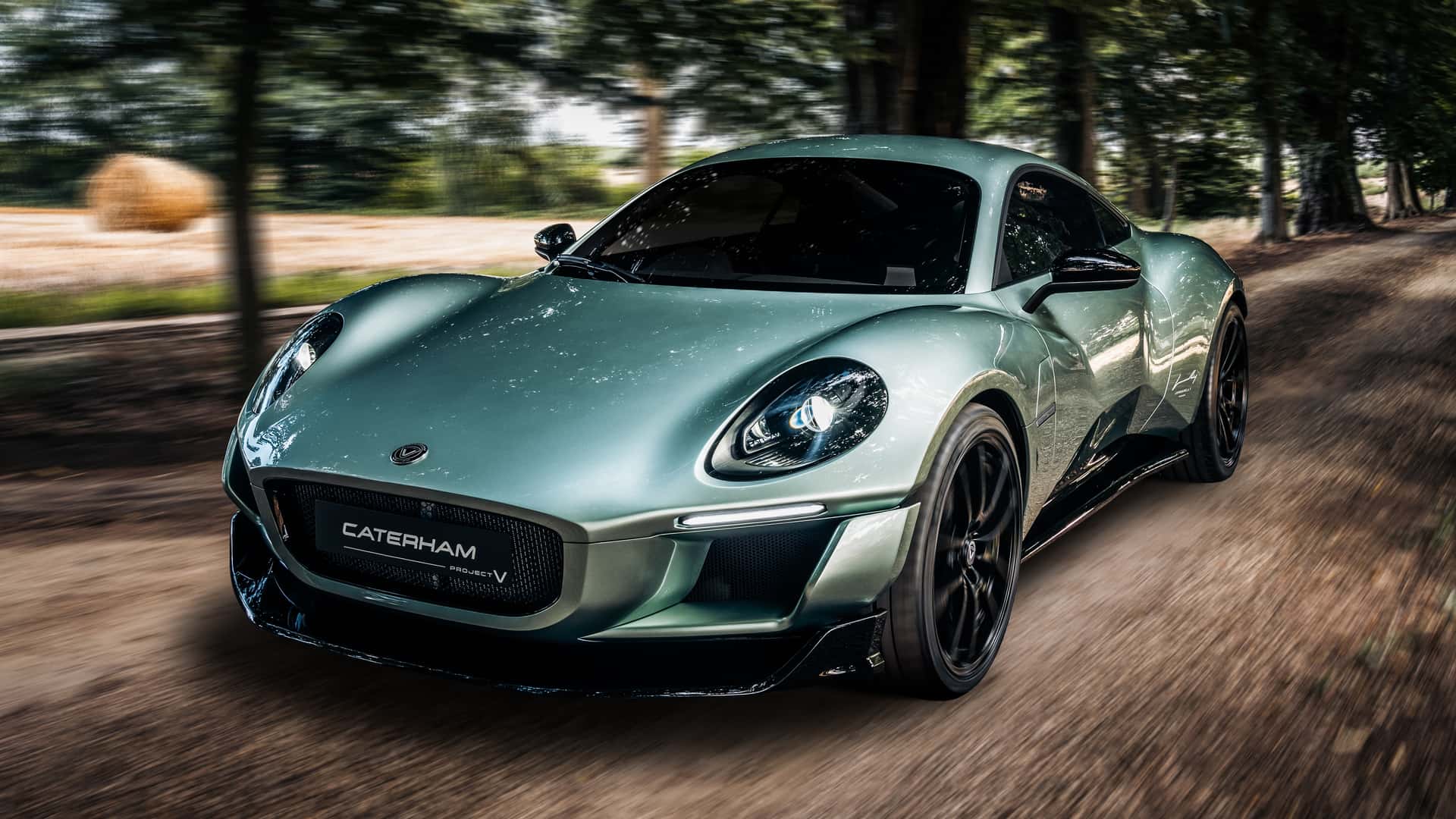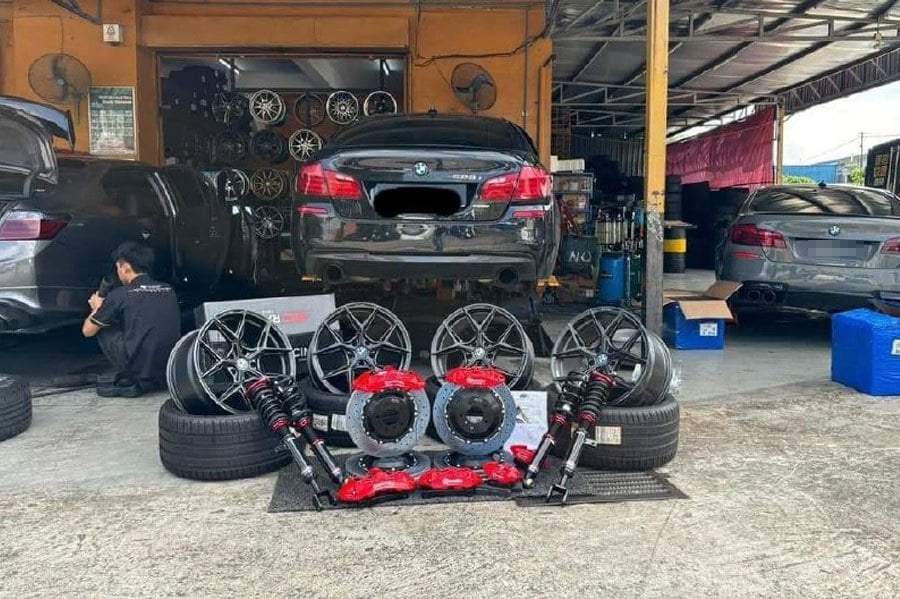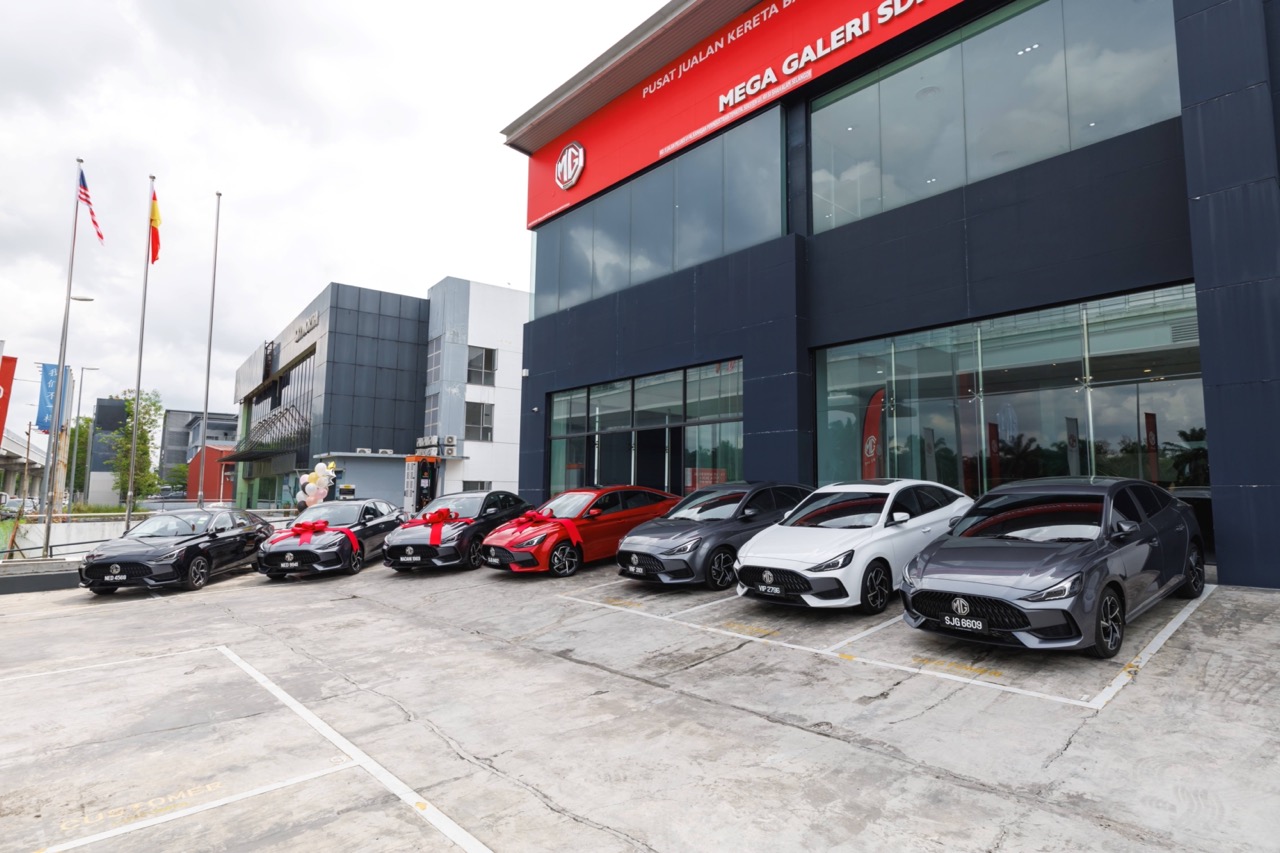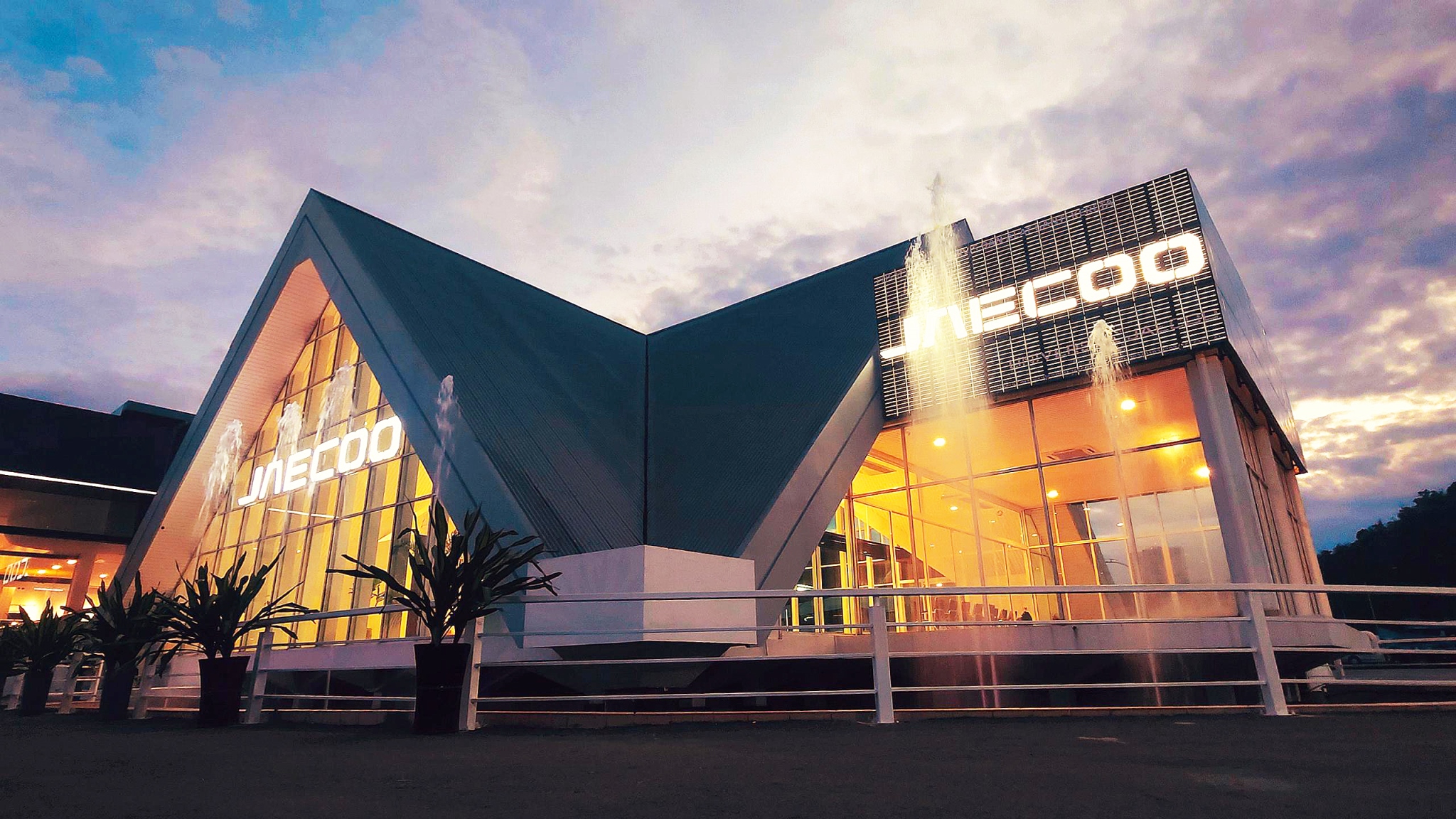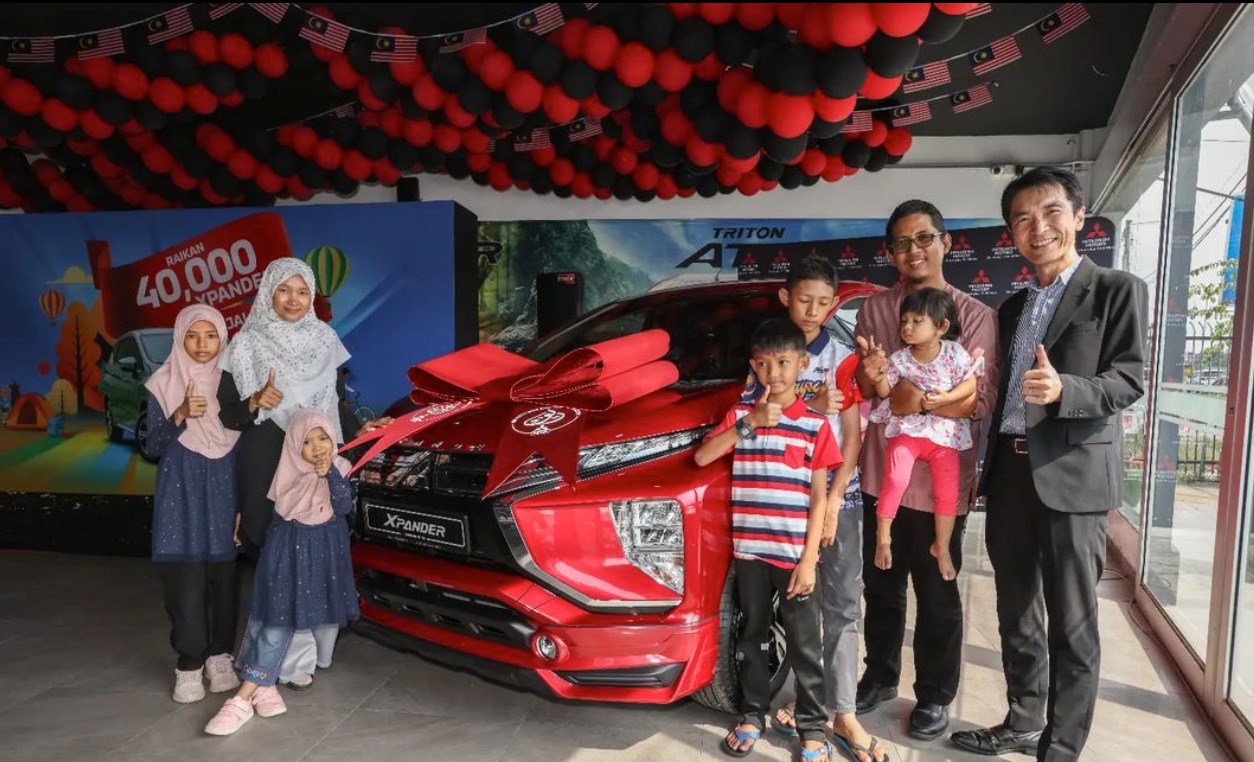Competition in the auto industry has existed from the time the second carmaker was established, and competing has been in not just business but also in the performance of the products. Carmakers have challenged each other on the streets and on racetracks, with supremacy putting a shine on their brand’s image.
3-company partnership
DEUS Automobiles, a new company born two years ago in Austria, is teaming up with Italdesign and Williams Advanced Engineering to make a statement of superiority in luxury electric hypercars. The partnership aims to design and create the most powerful electric hypercar in history with ground-breaking electrification technologies.
The Vayanne, as their hypercar is to be known, will go beyond today’s output levels and cross the 2,200 horsepower (1,640 kW) mark, generate over 2,000 Nm of torque, and be able to run beyond 400 km/h after passing 100 km/h in under 1.99 seconds.
Just how that amount of power will be produced and the nature of the powertrain is not explained at this time but will largely be the job of Williams Advanced Engineering. The British company and Italdesign are no strangers to collaboration; in April 2021, they announced a unique partnership for a high performance, flexible EV platform; EVX, supporting a long-term vision for EV architecture. This rolling chassis utilises Williams Advanced Engineering’s expertise in electrification, light-weighting, innovative chassis structures and vehicle and system integration.
Symmetry and geometric alignment
For now, DEUS is focussed on the design concept and a full-sized prototype is on display this week at the 2022 New York International Auto Show. To showcase the harmony of design, functionality and cutting-edge technology, the Vayanne is stylised around the idea of symmetry and geometric alignment of its lines and design features. In this regard, the shape of the front and rear grilles is made to represent the infinity loop.
The parametric grilles convey even more of a holistic approach through the meticulously aligned pattern that gradually increases in fade intensity. The pattern of the parametric grilles is represented by hexagonal shapes that continuously flow into each other to create the desired effect of angel wings being enclosed by the uninterrupted taillight strip in the rear and to further increase the premium feeling of the car’s stance in the front.
For every air duct, there is another matching vent to keep the styling in line with the symmetry while ensuring the angles of those ducts are geometrically aligned. This is the result of DEUS and Italdesign styling and engineering departments working hand-in-hand to make no compromises between design and feasibility and to achieve maximum performance.
Sustainable production process
The interior, themed in a green colour, of the Vayanne has smooth yet dominant curves combined with refined geometry. The natural leather selected for the upholstery was treated and produced combining sustainable, technologically advanced solutions throughout the production process, with strong commitment to zero waste for a circular economy model.
DEUS is the first in the automotive industry to implement the Halo Infinity mirror throughout a vehicle’s interior. This innovative design feature as applied in the Vayanne is vital to carrying over the infinity theme from the hypercar concept’s exterior to its interior. It embraces the whole interior from the doors throughout the dashboard. The effect changes in regard to the viewing angle, a trait incorporated to suggest that everyone’s view is unique.
99 units to be built
Following its debut in New York, the Vayanne will continue to be refined taking into consideration feedback from the public and potential customers. The company plans to make only 99 units for sale, with the first delivery in 2025.
Bugatti to build 40 units of Bolide experimental hypercar for sale




